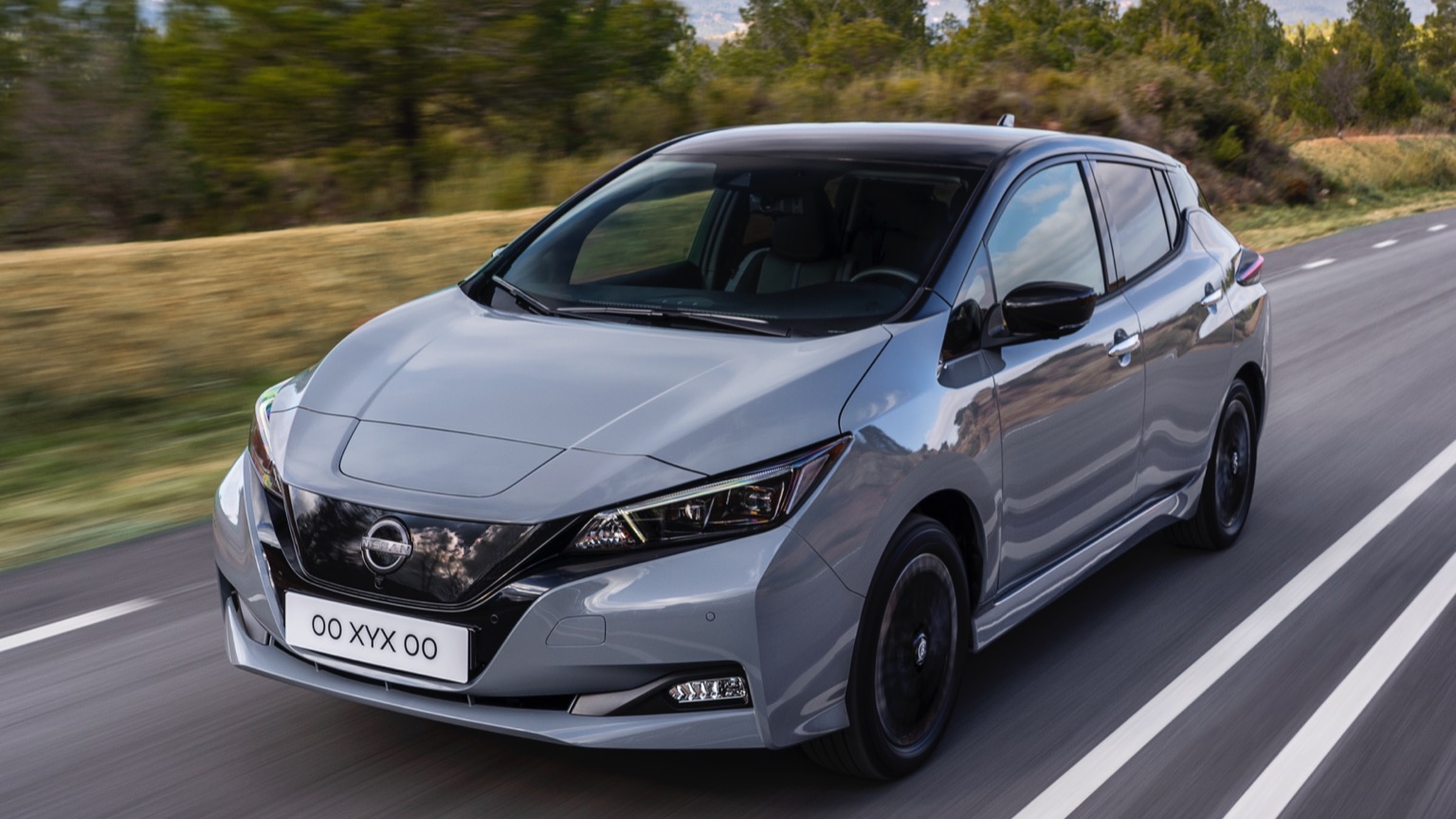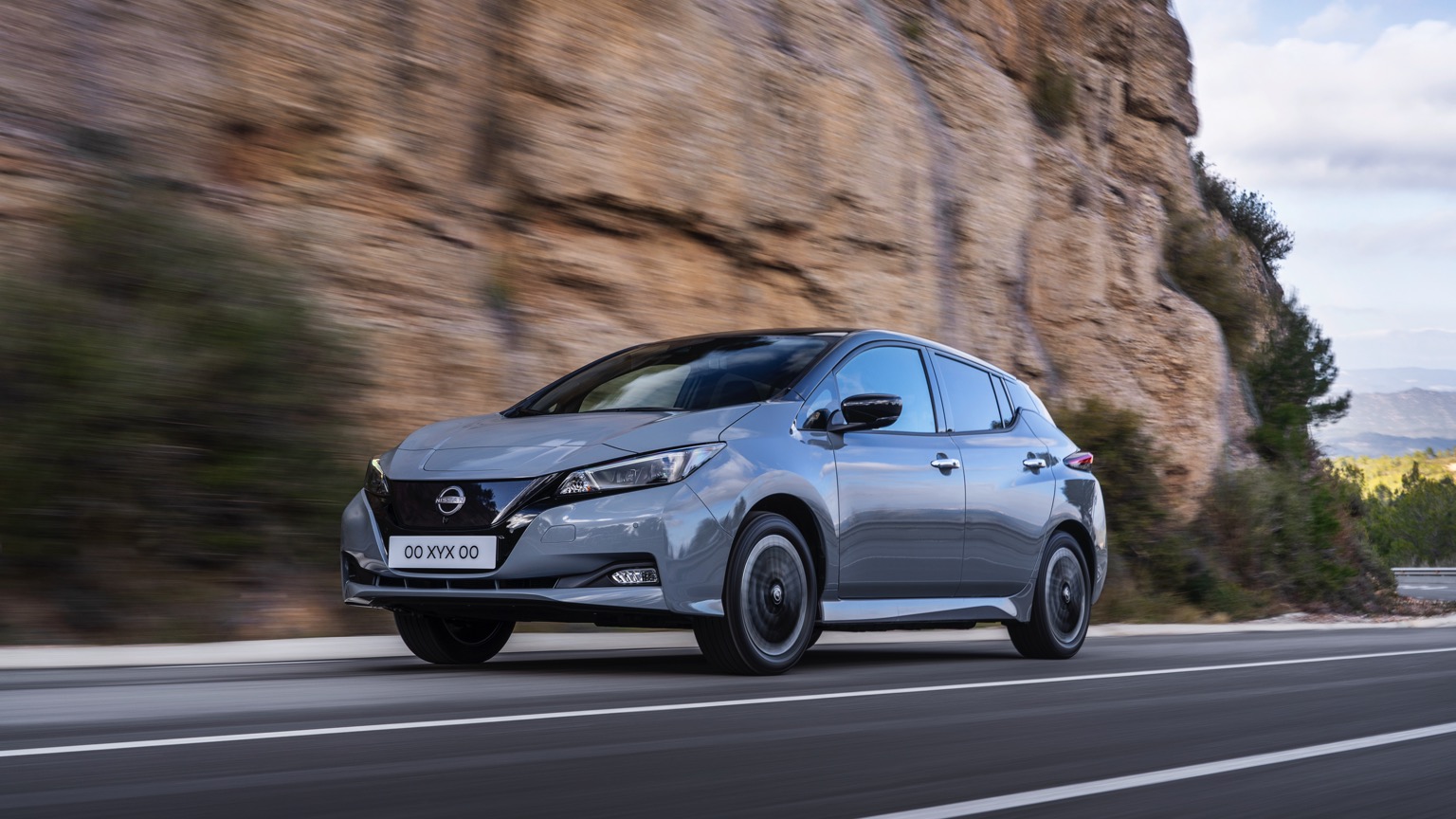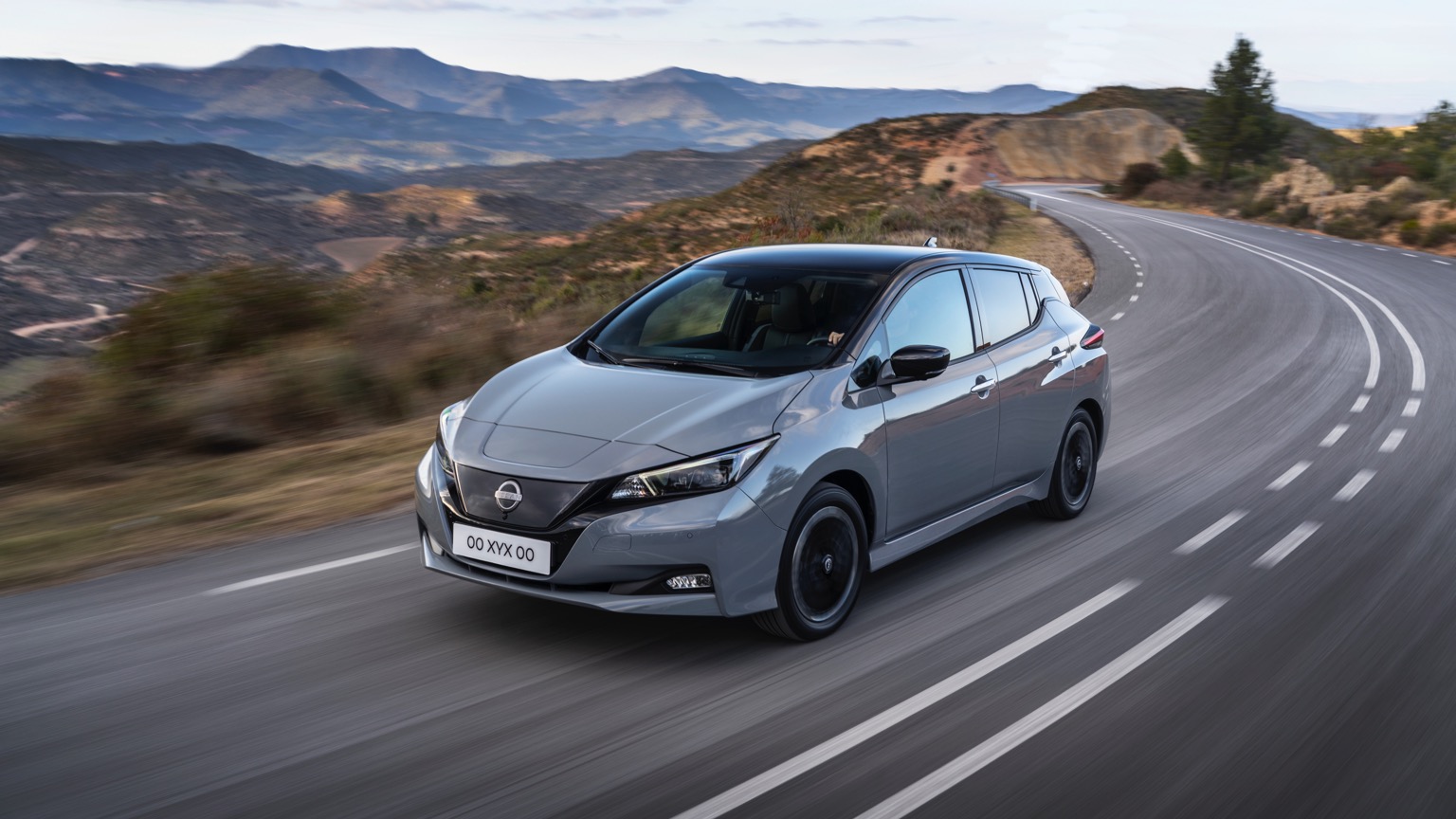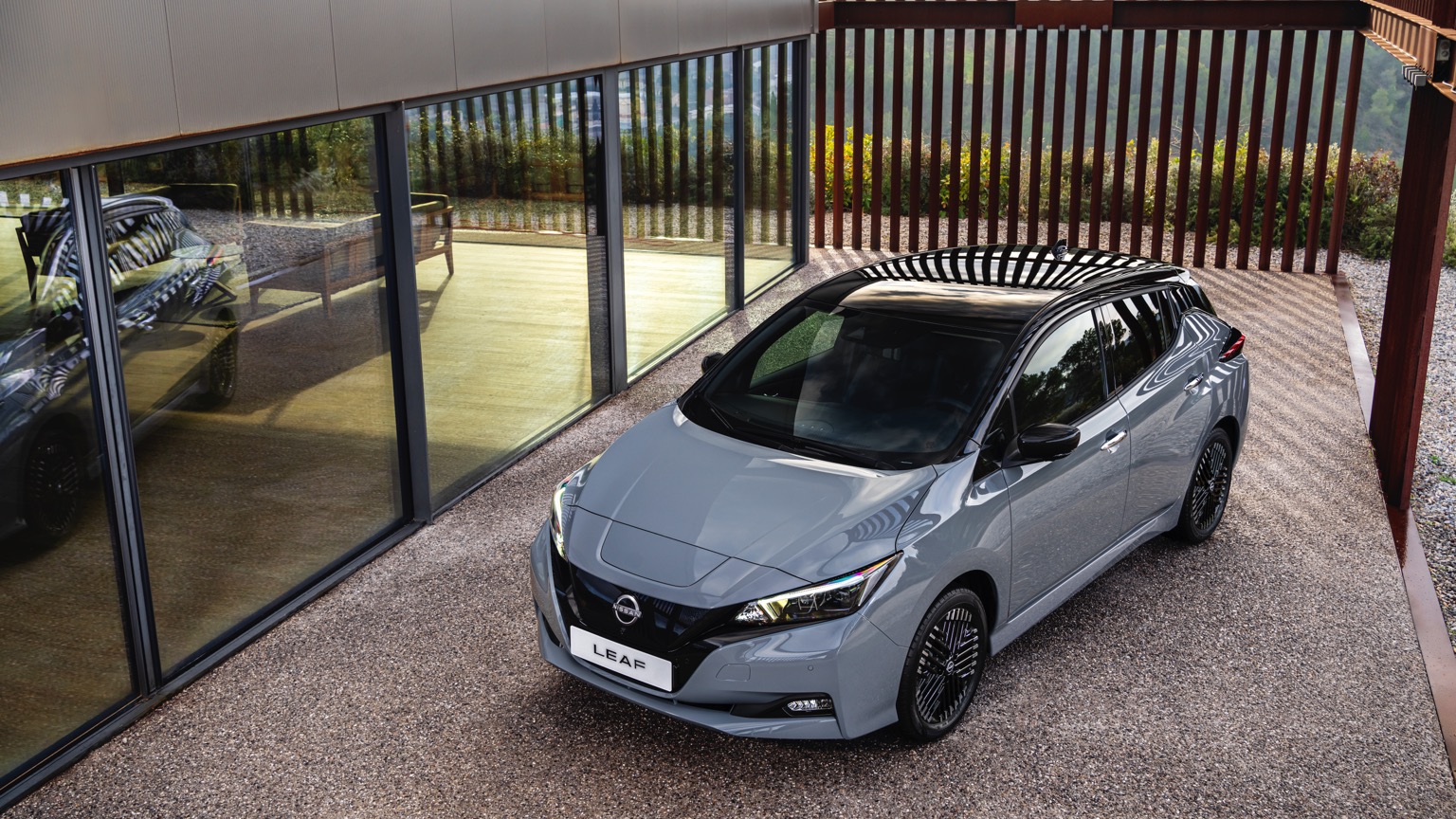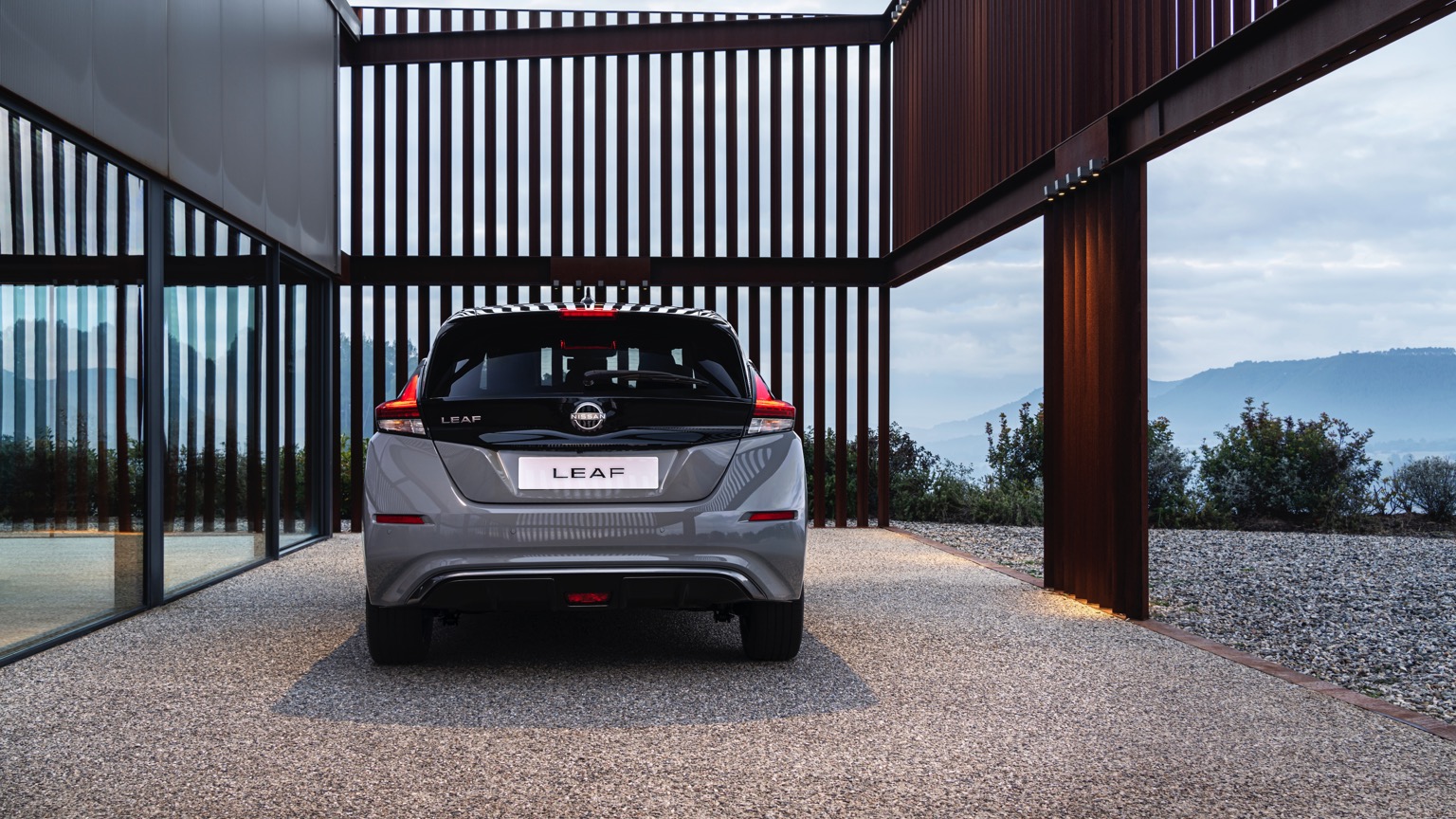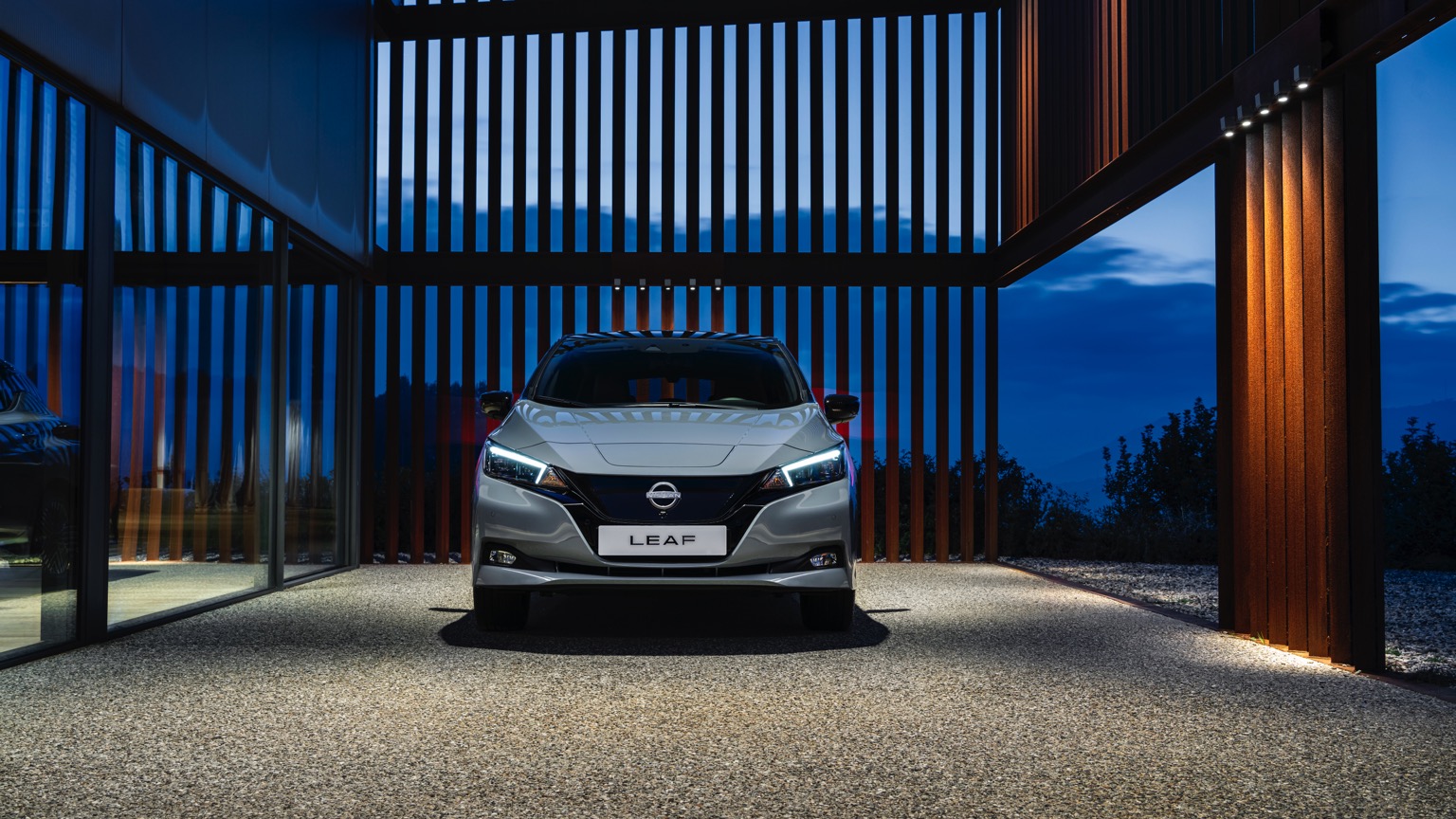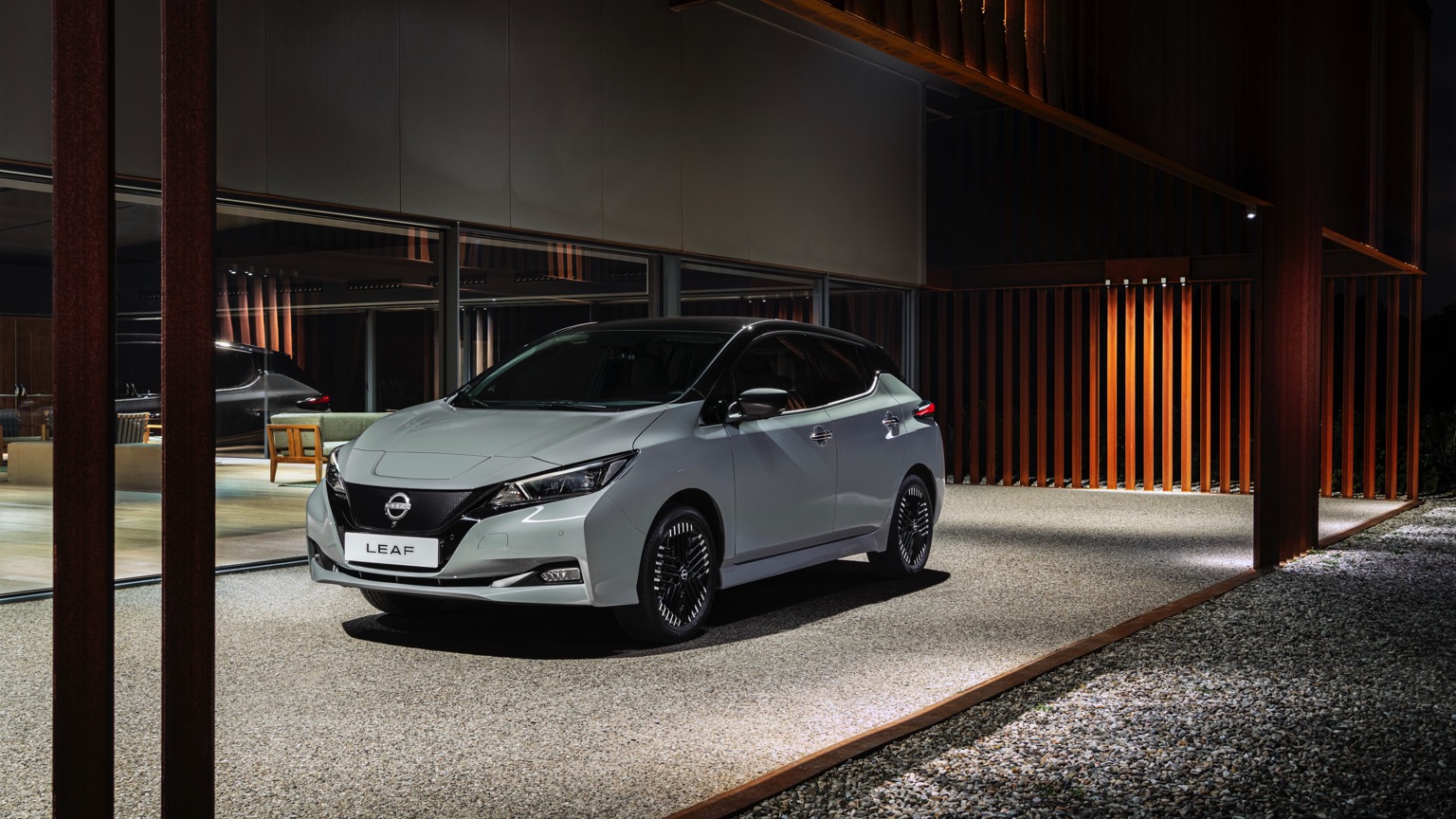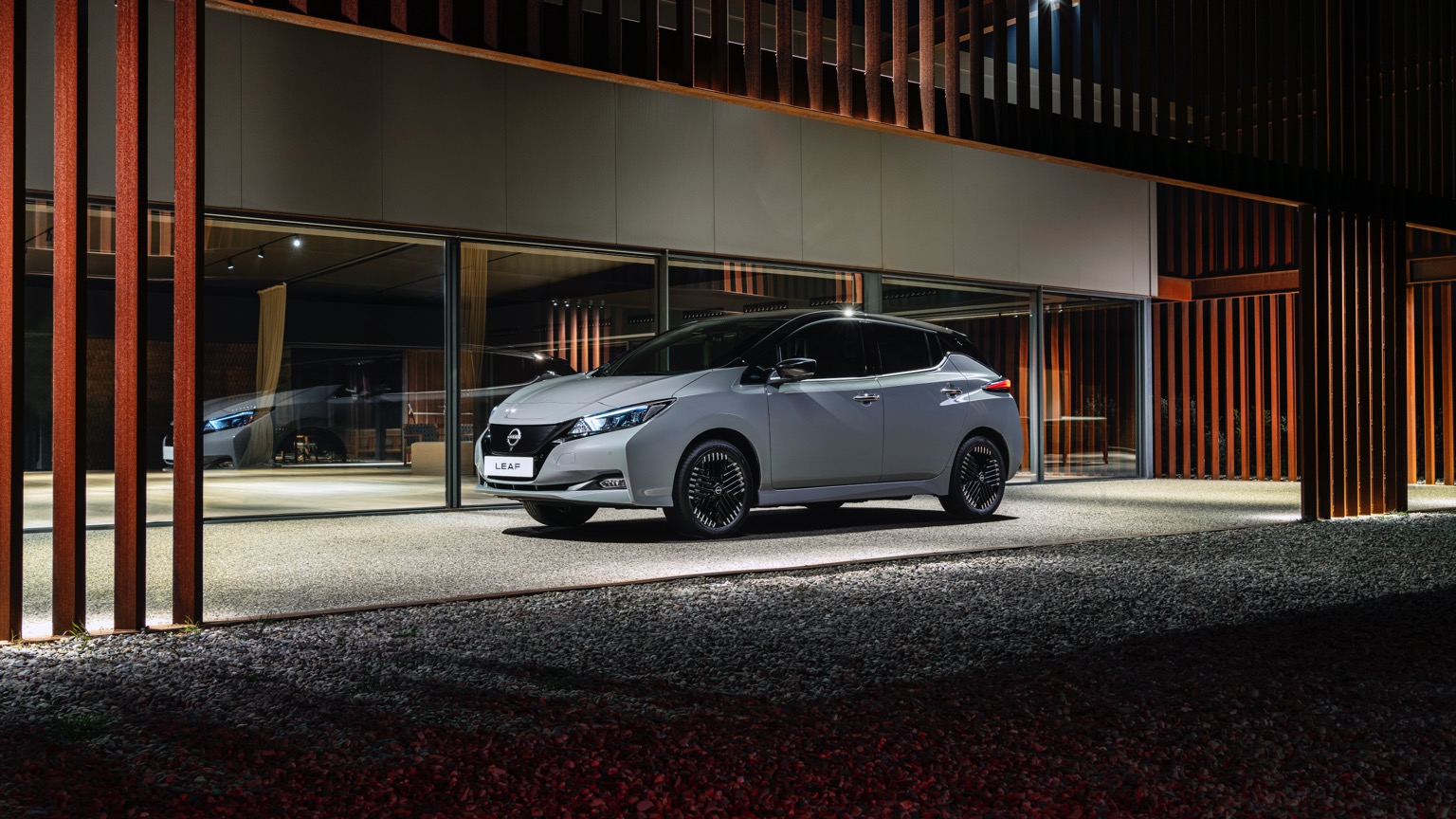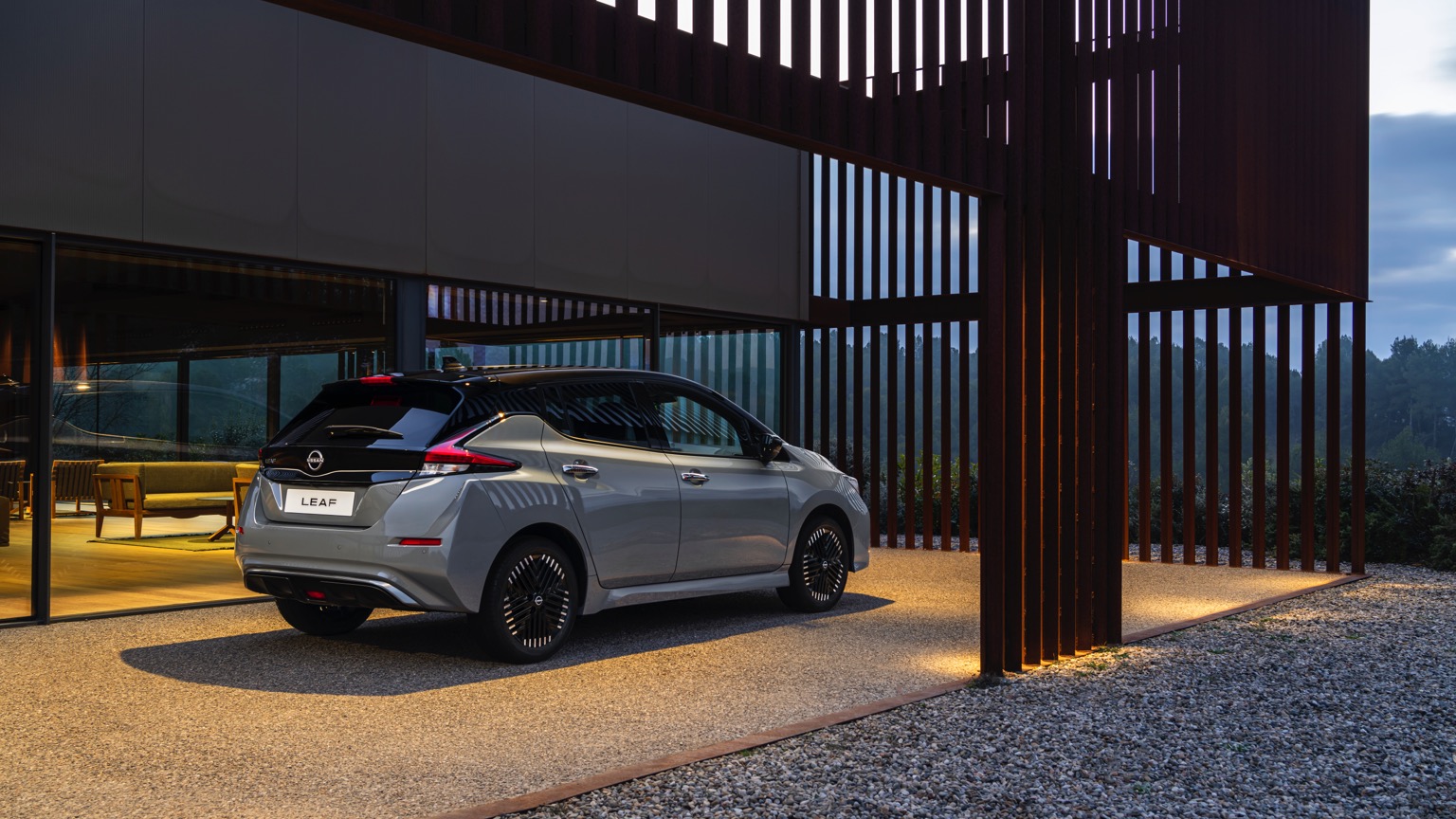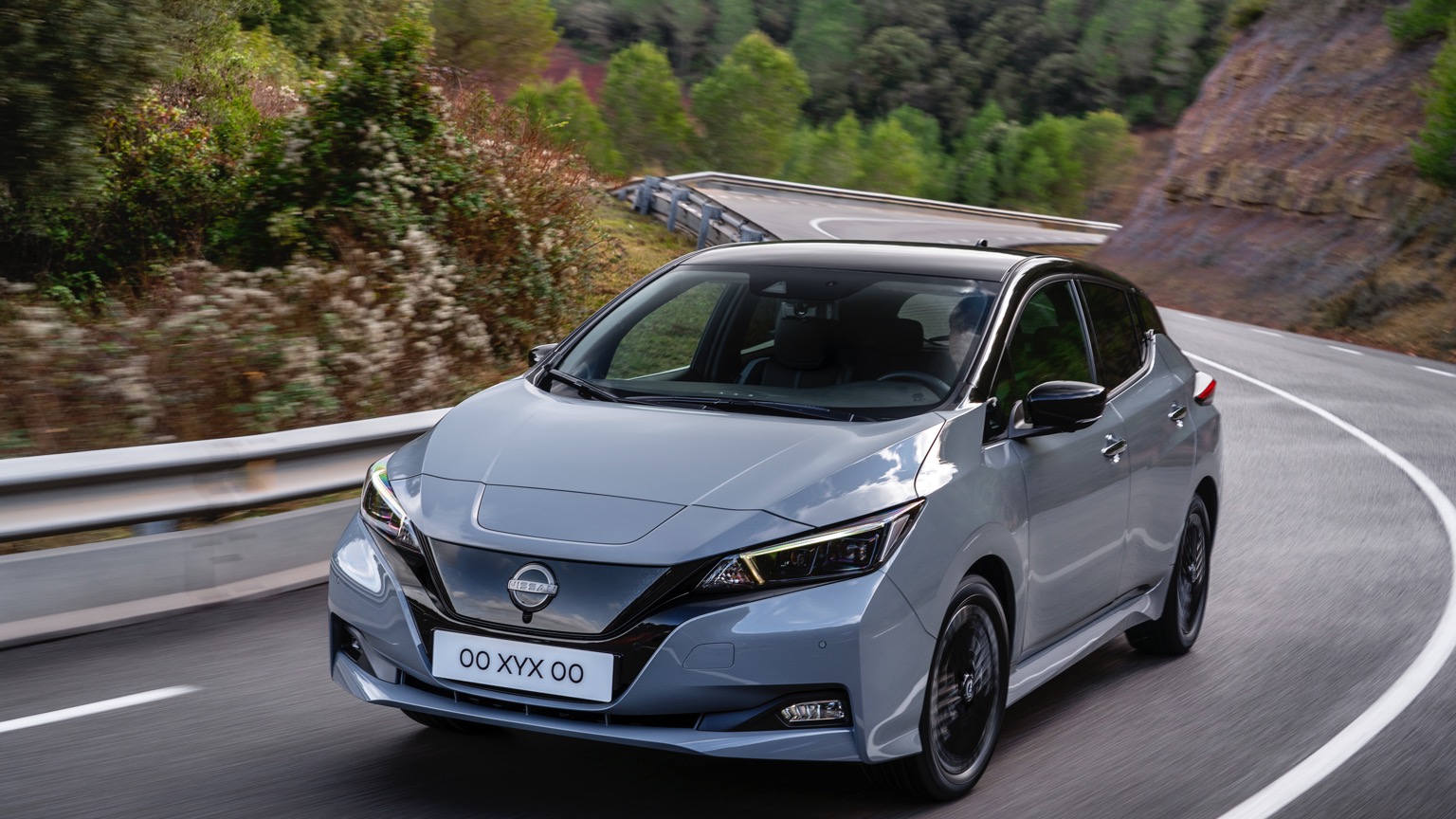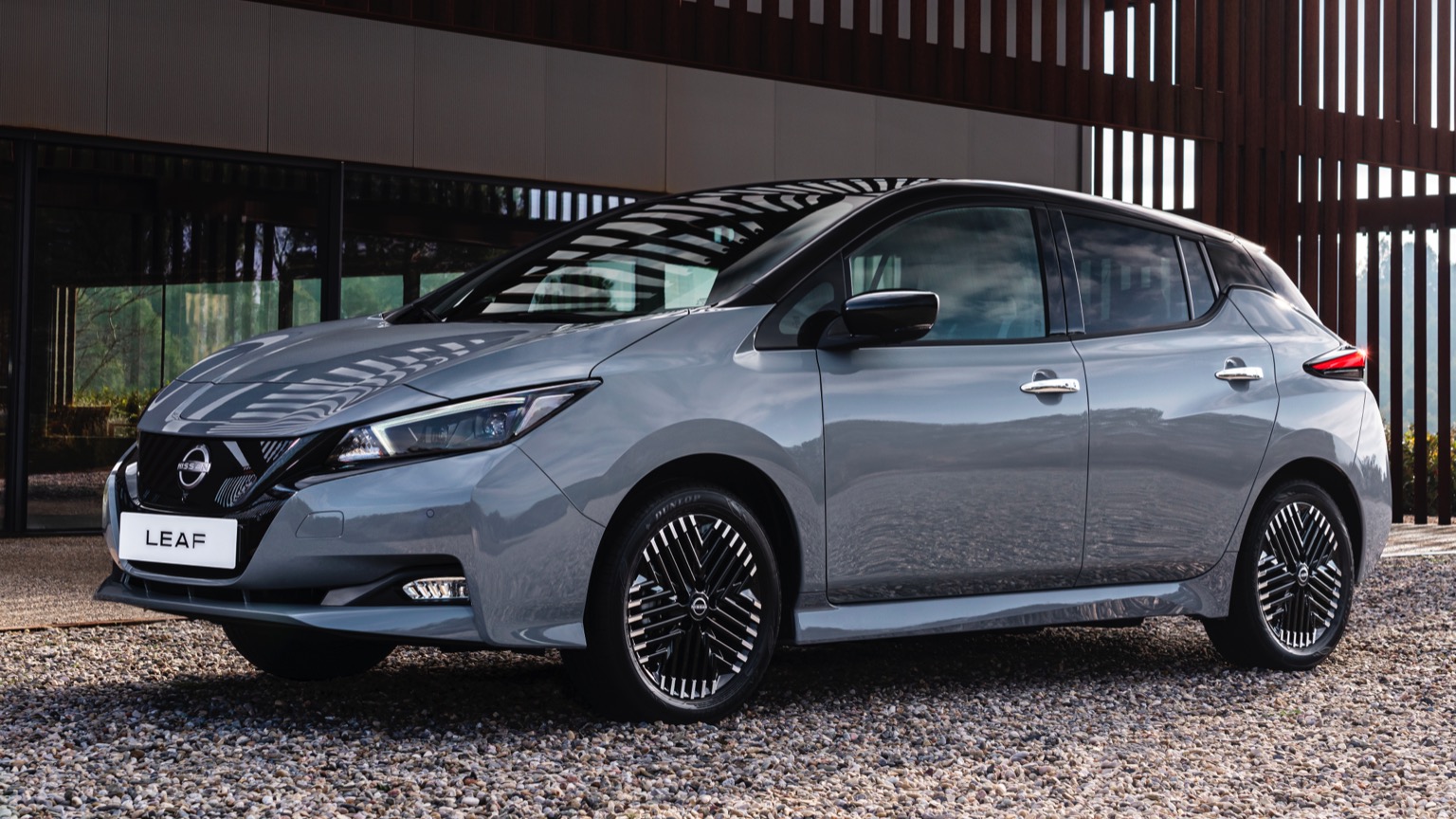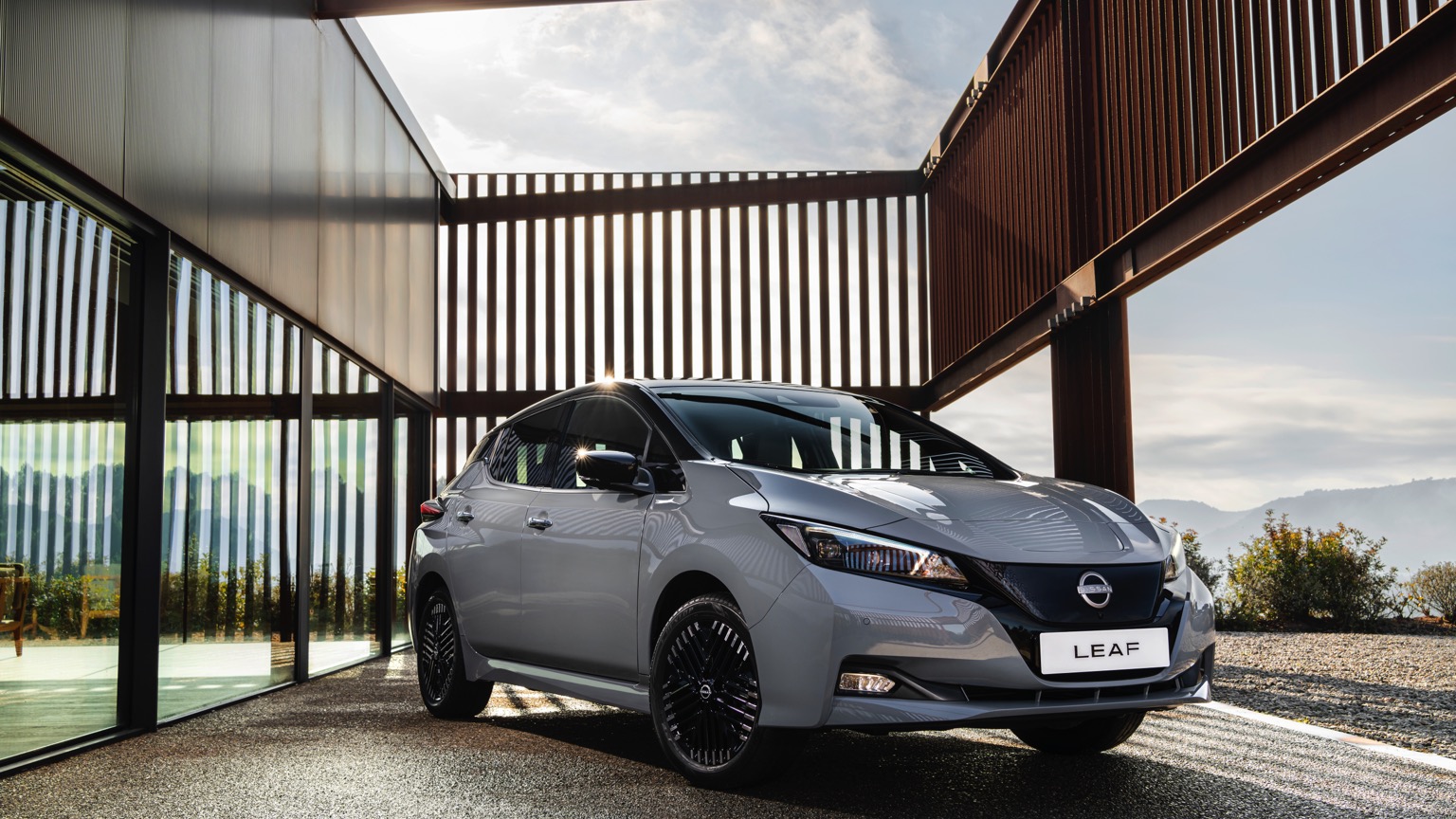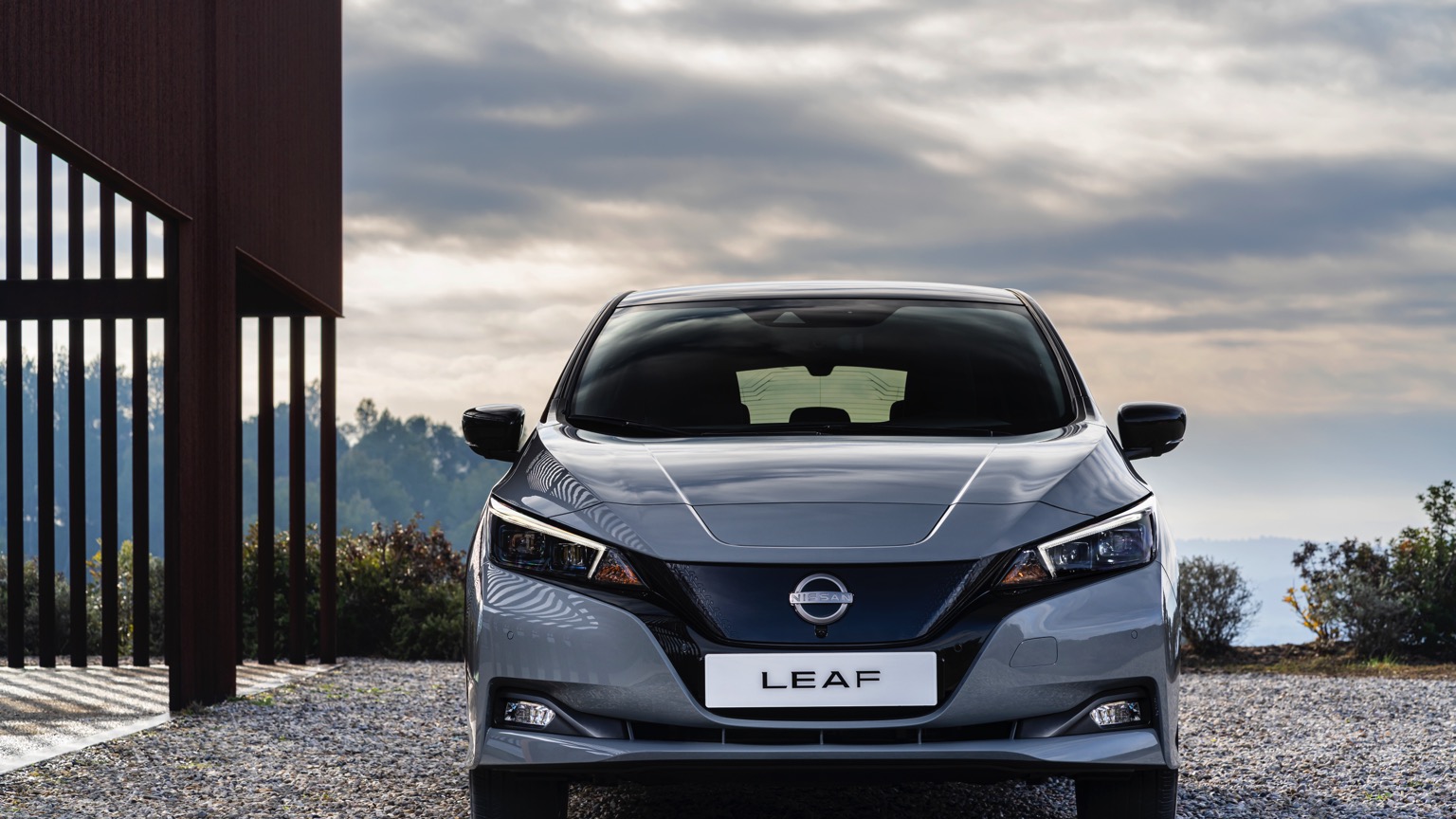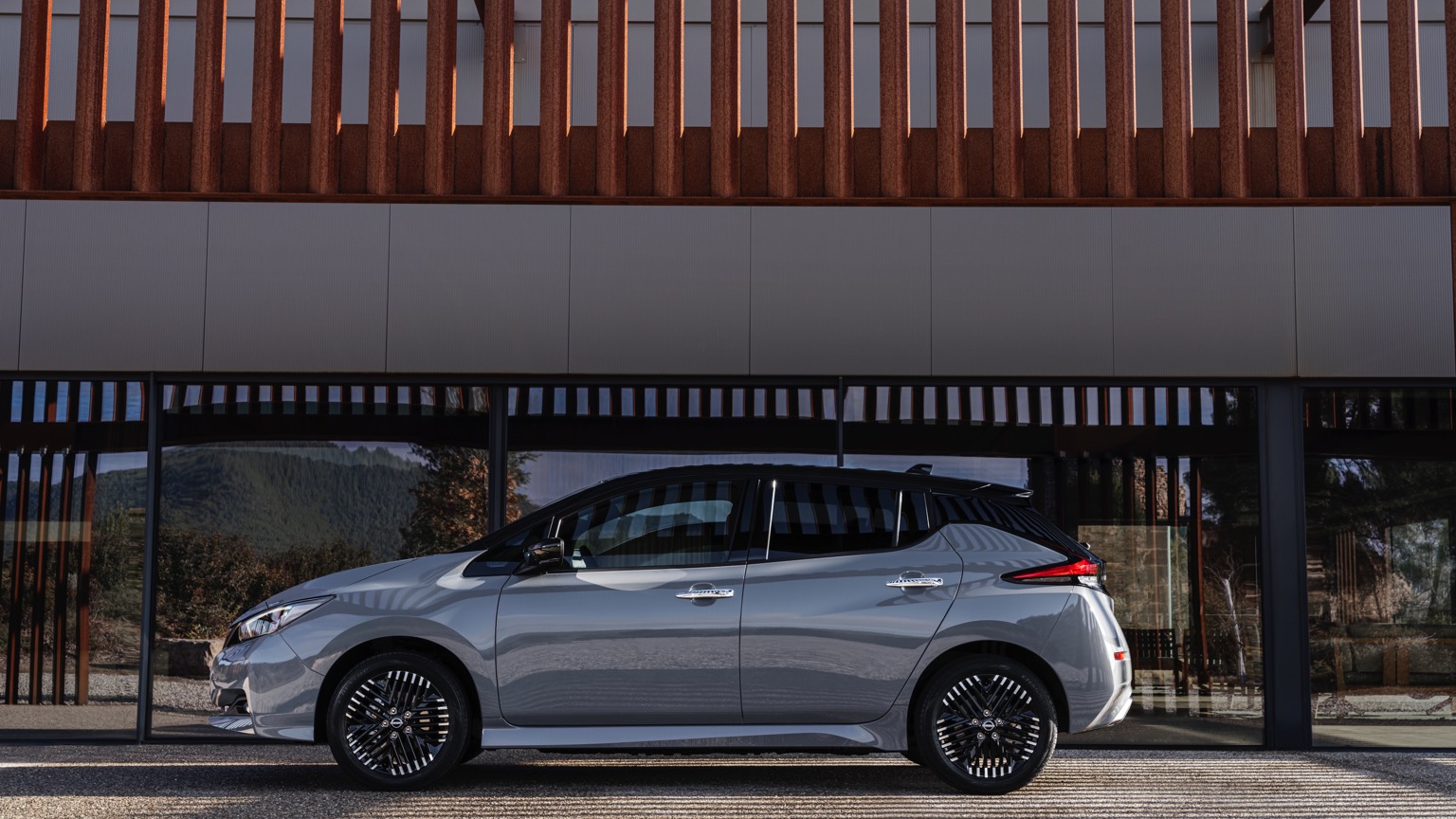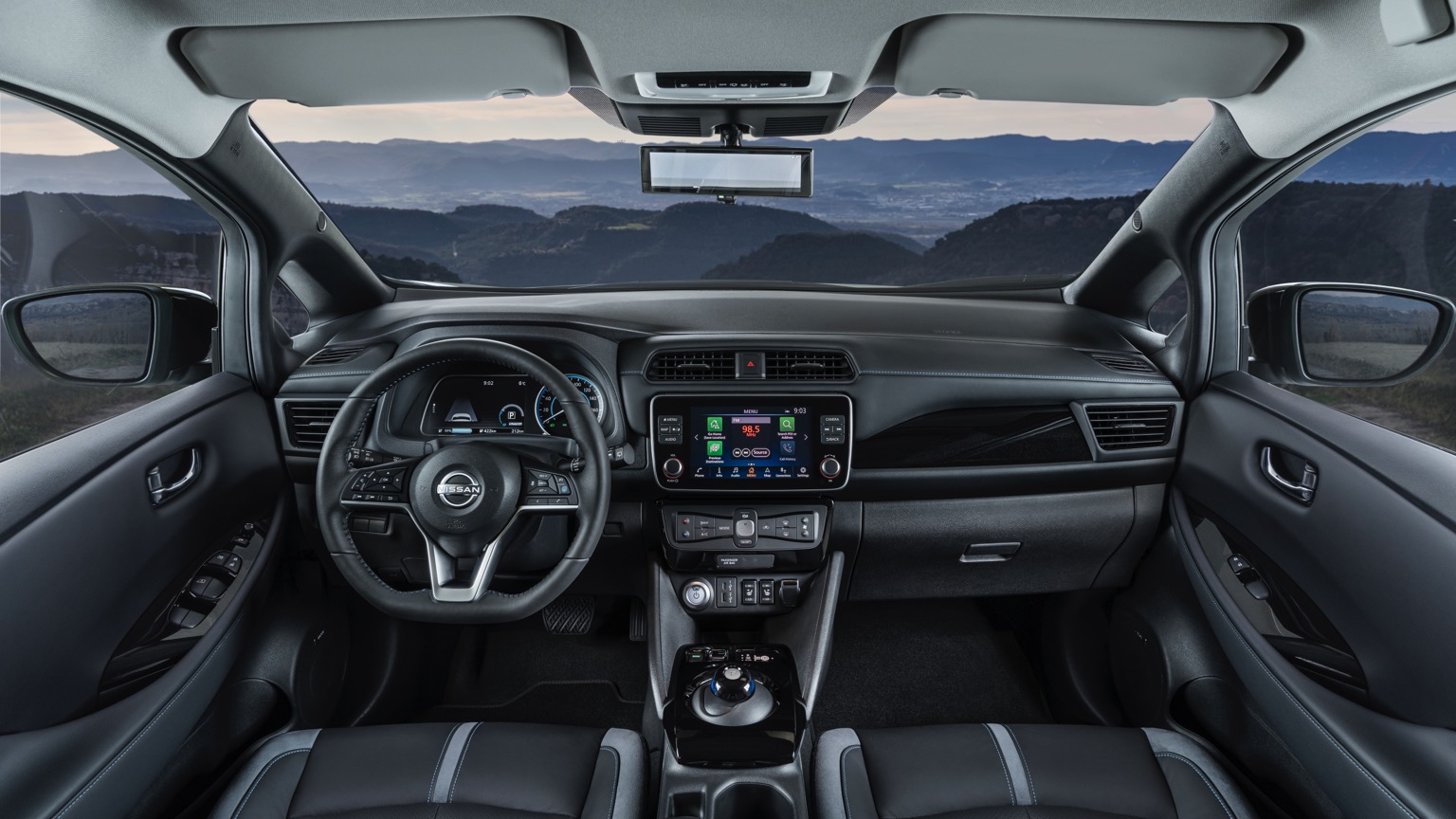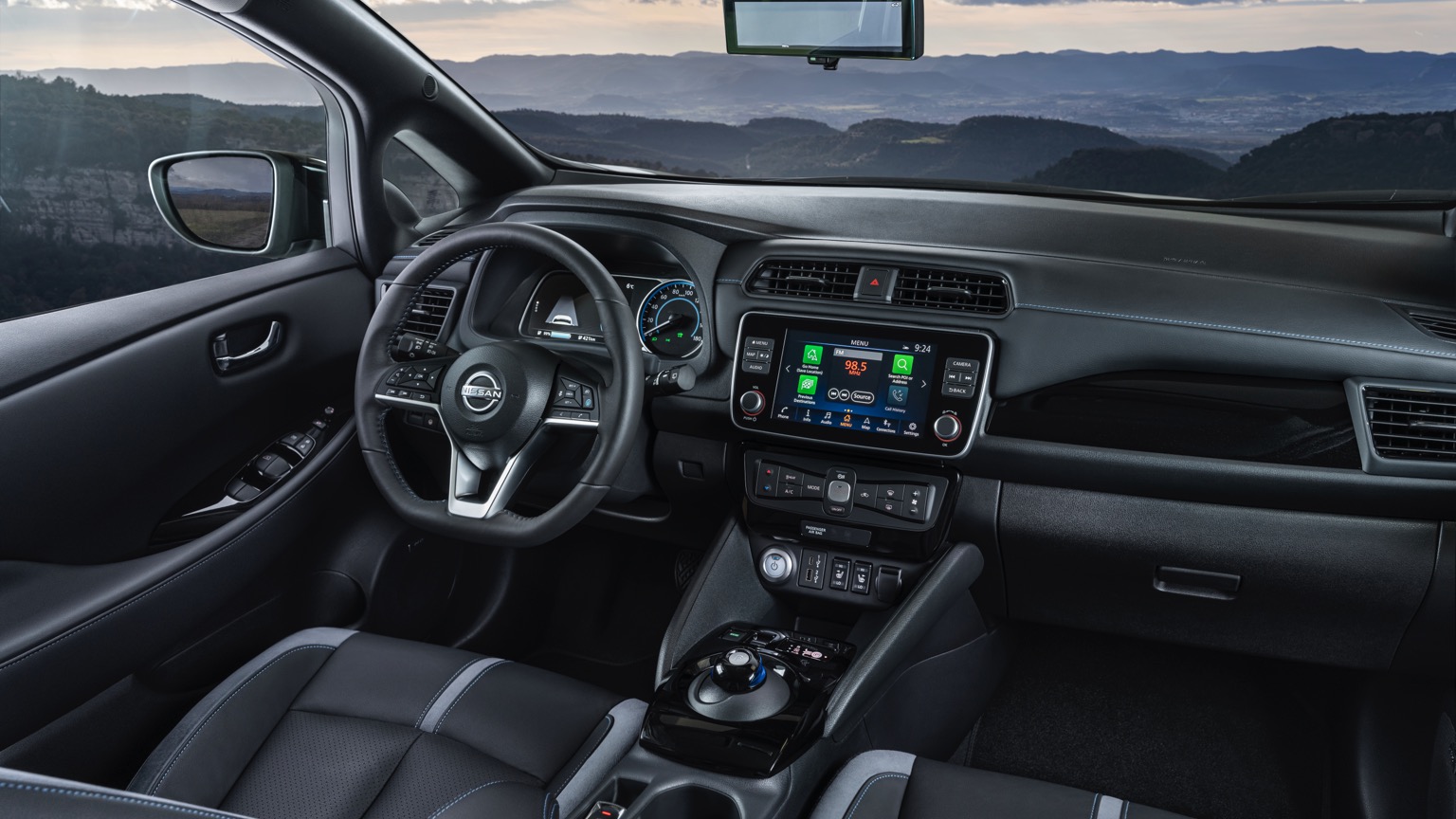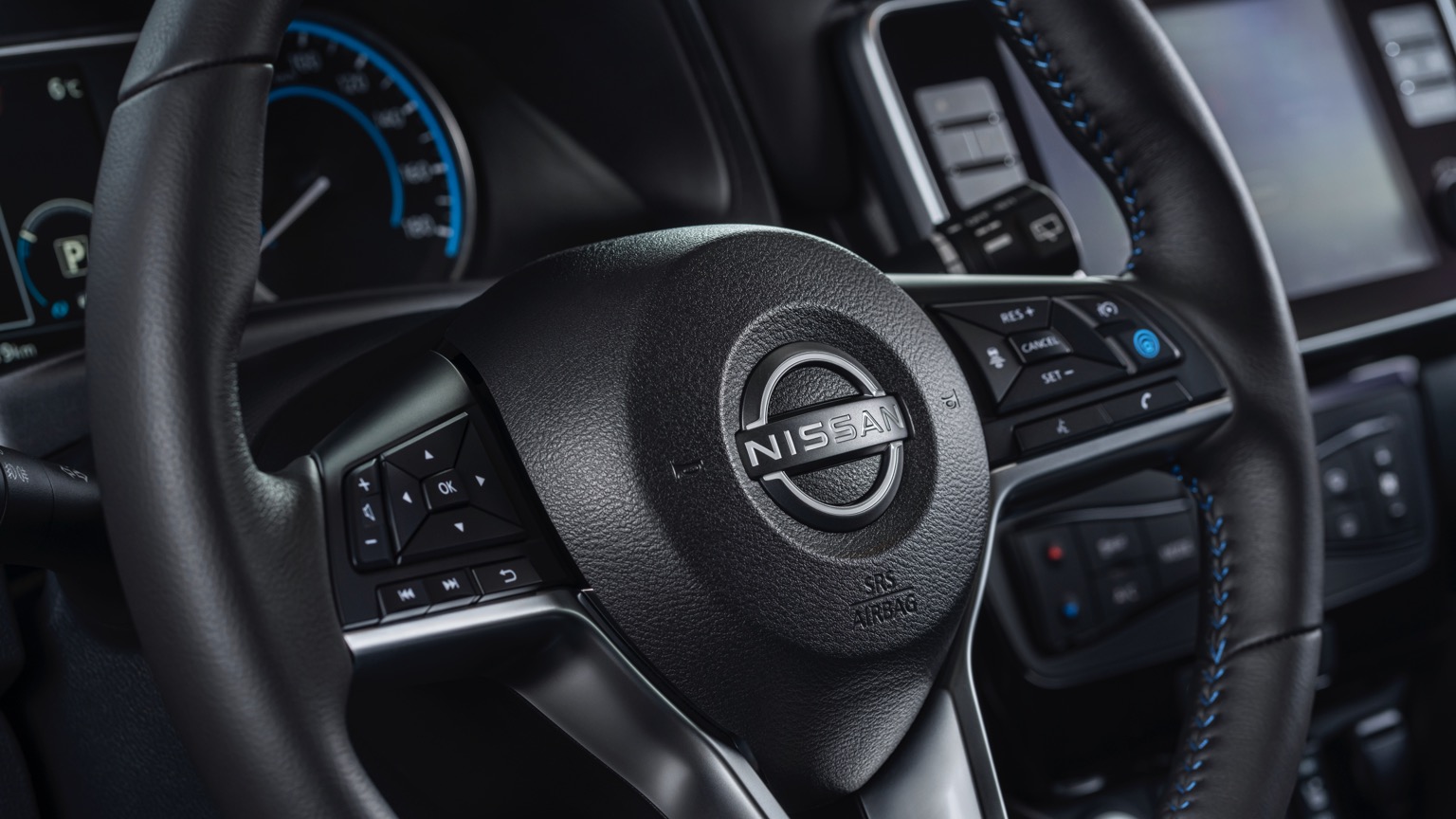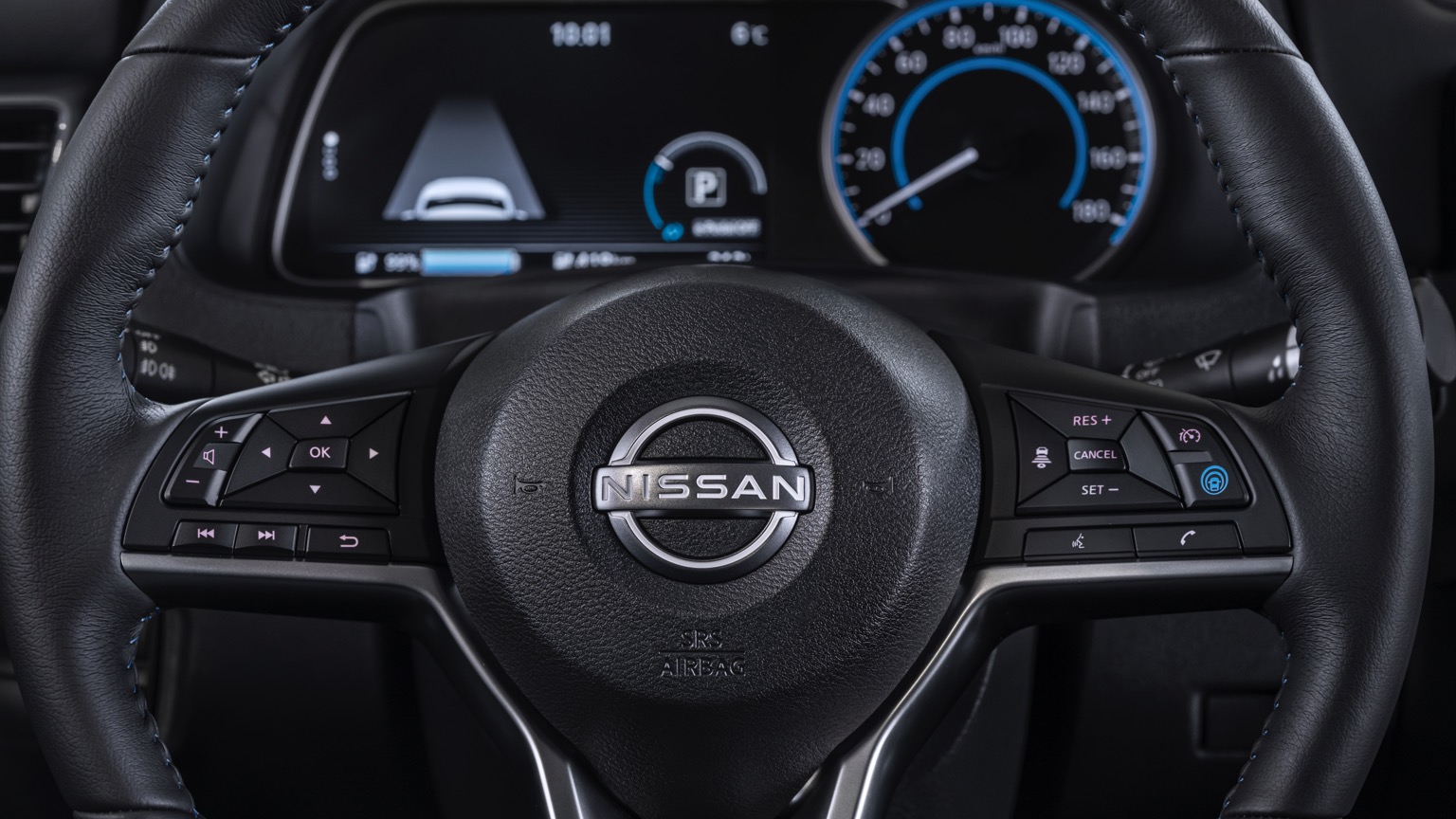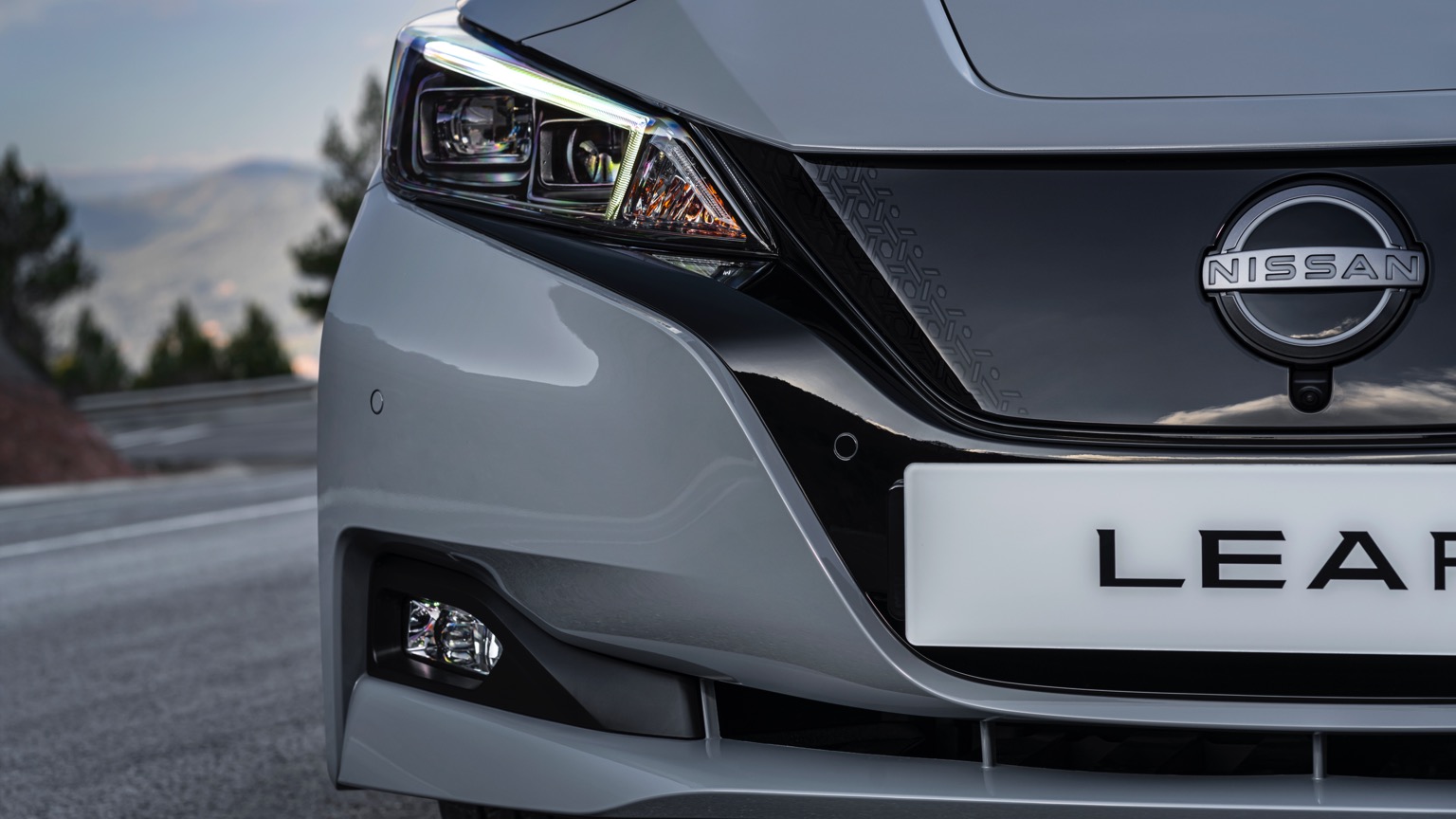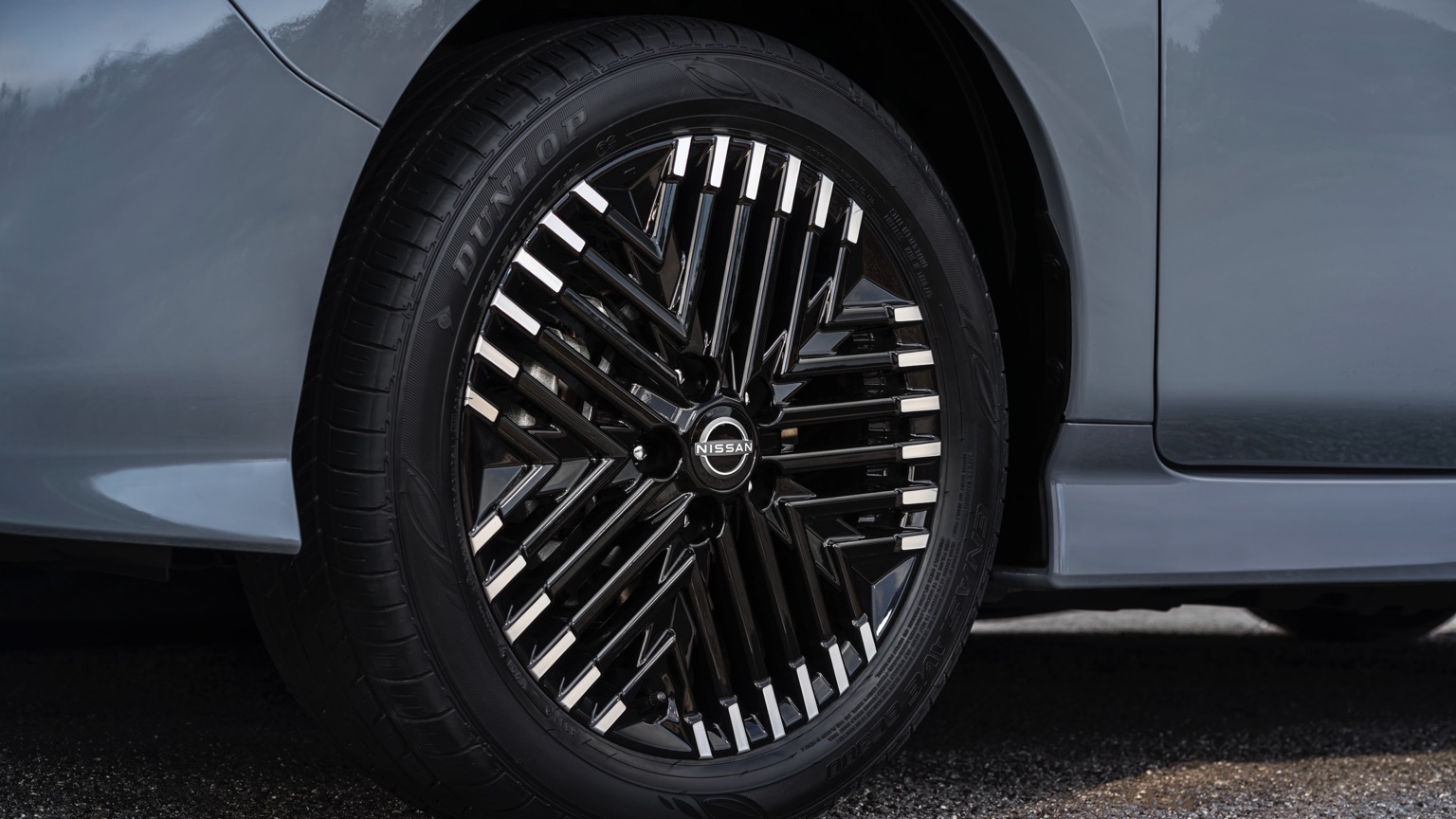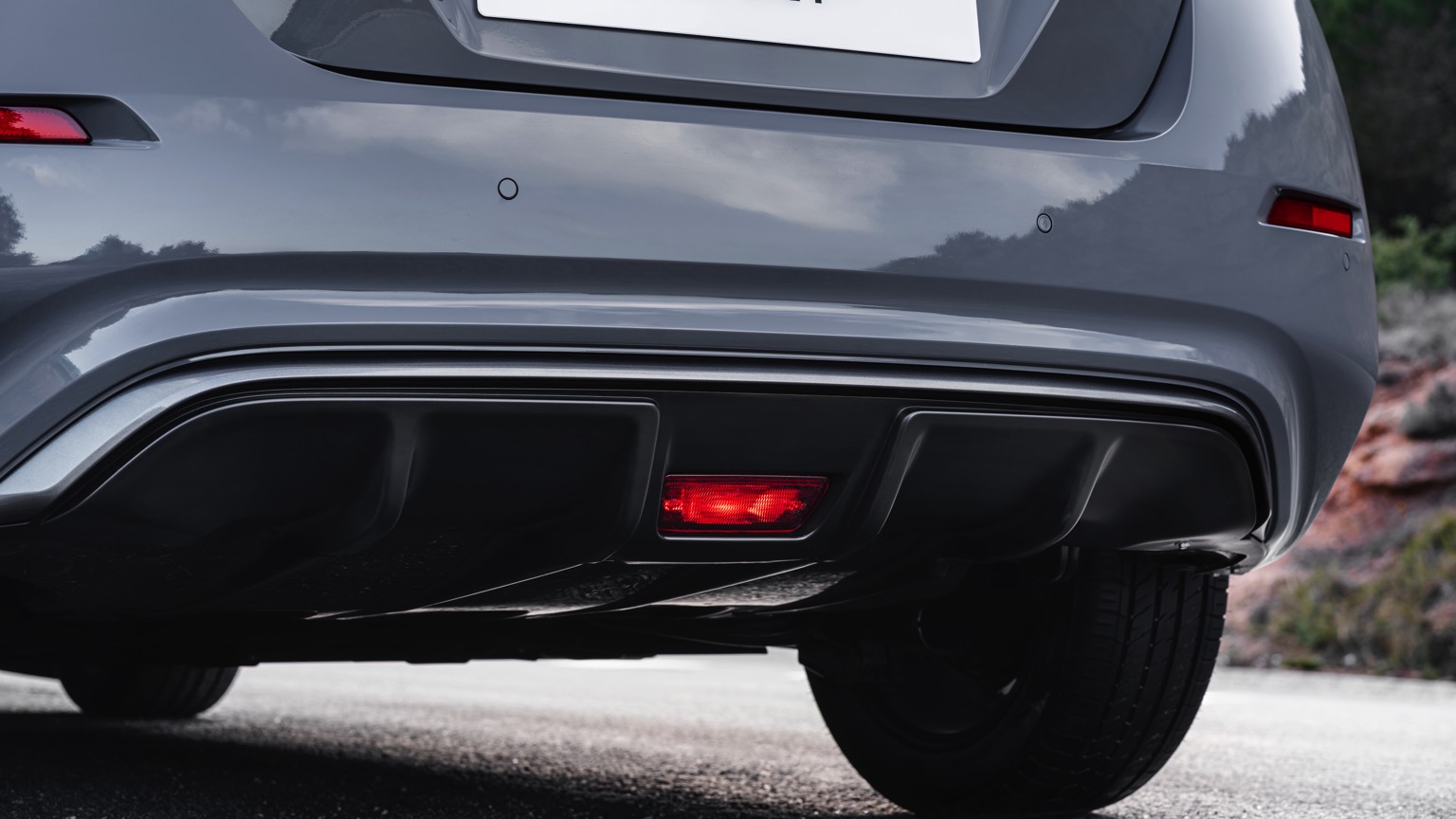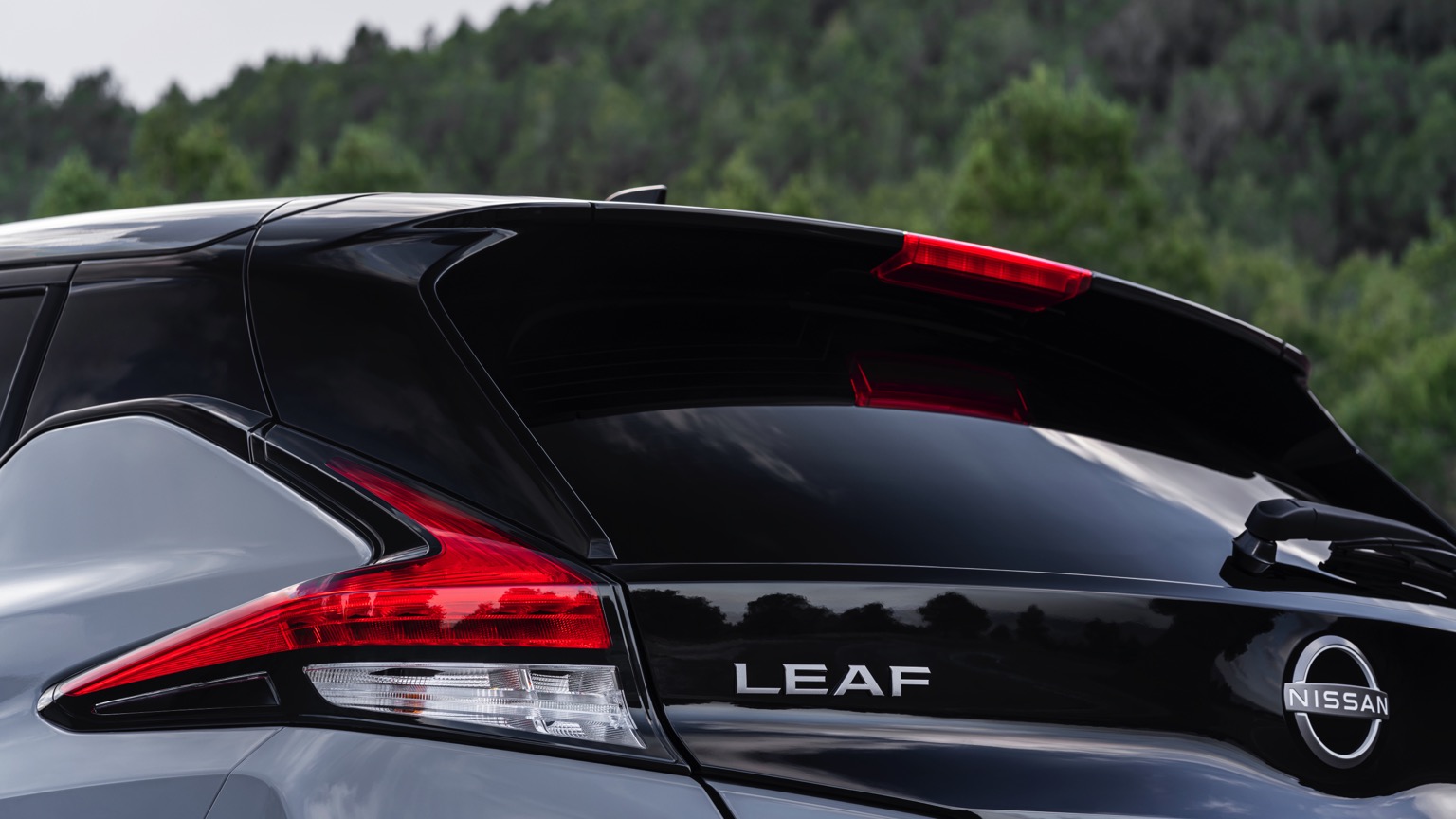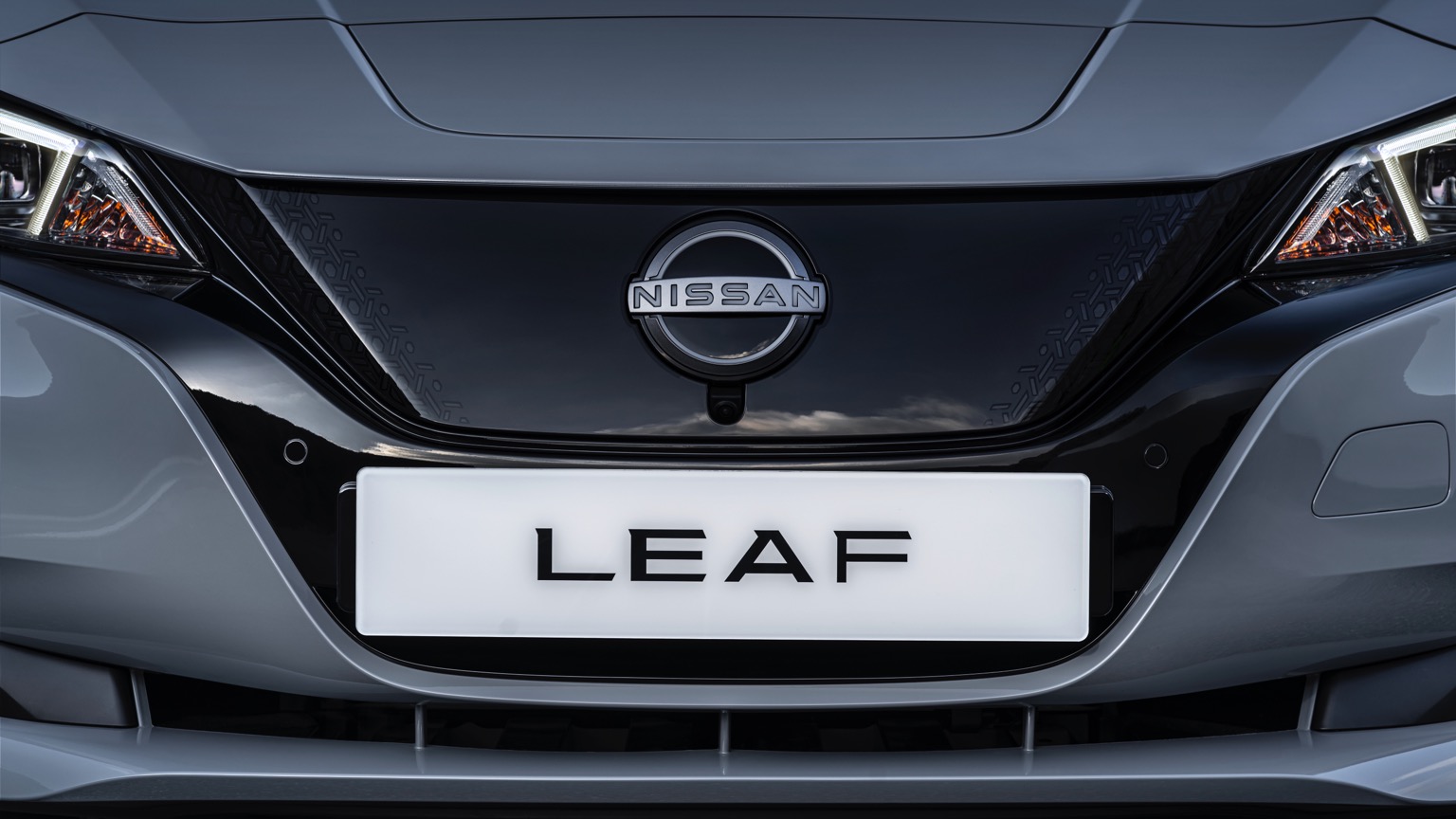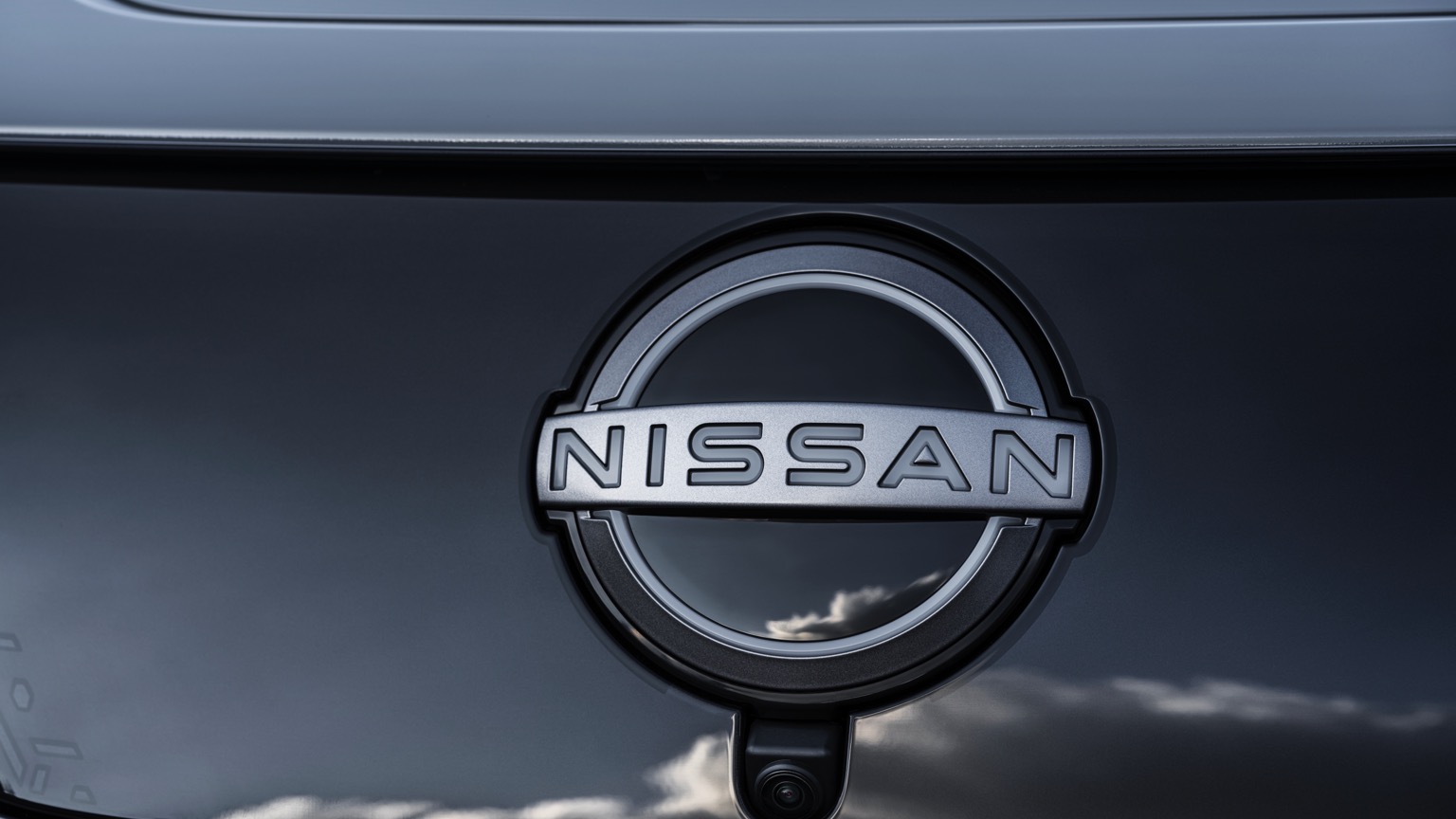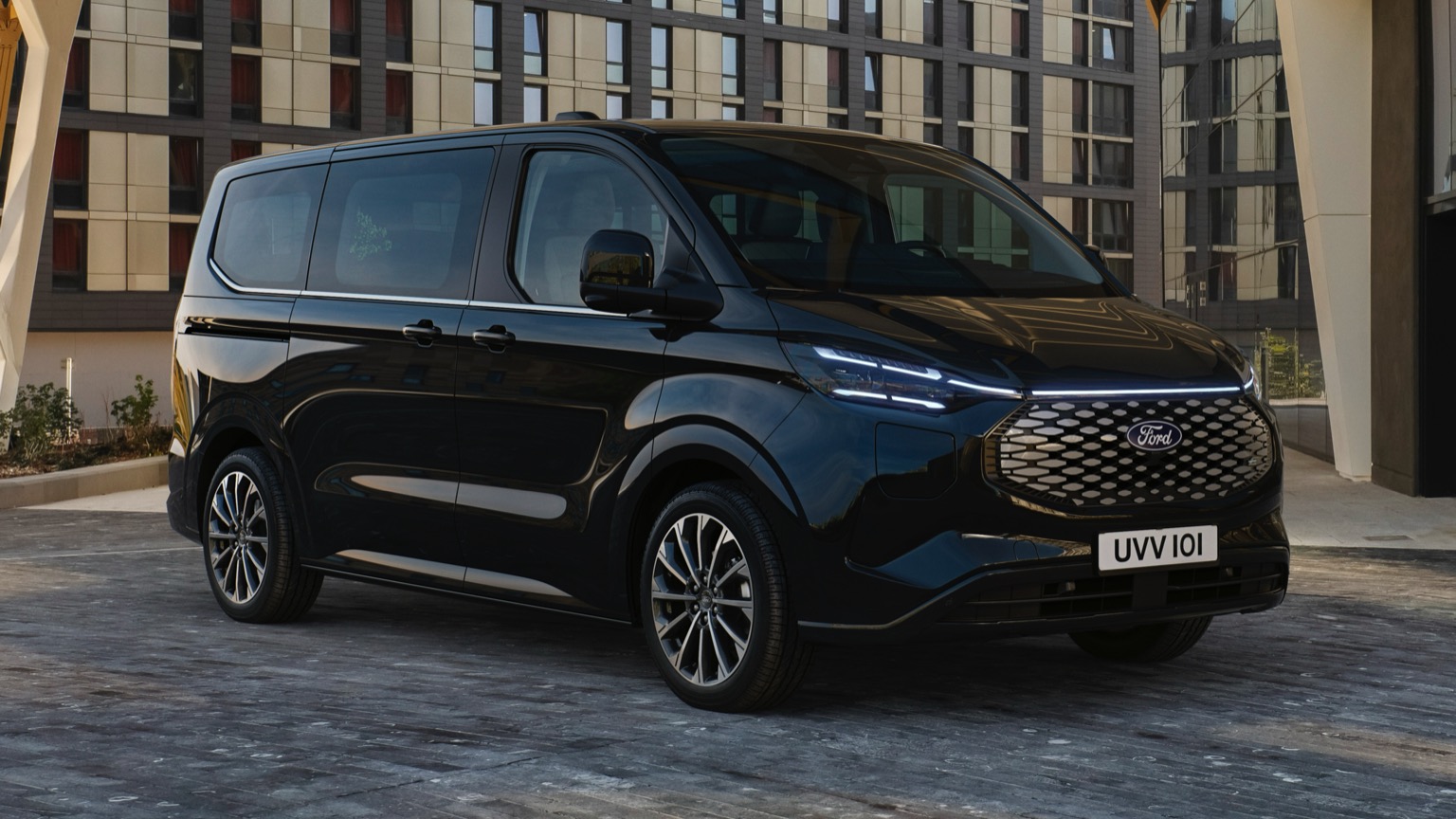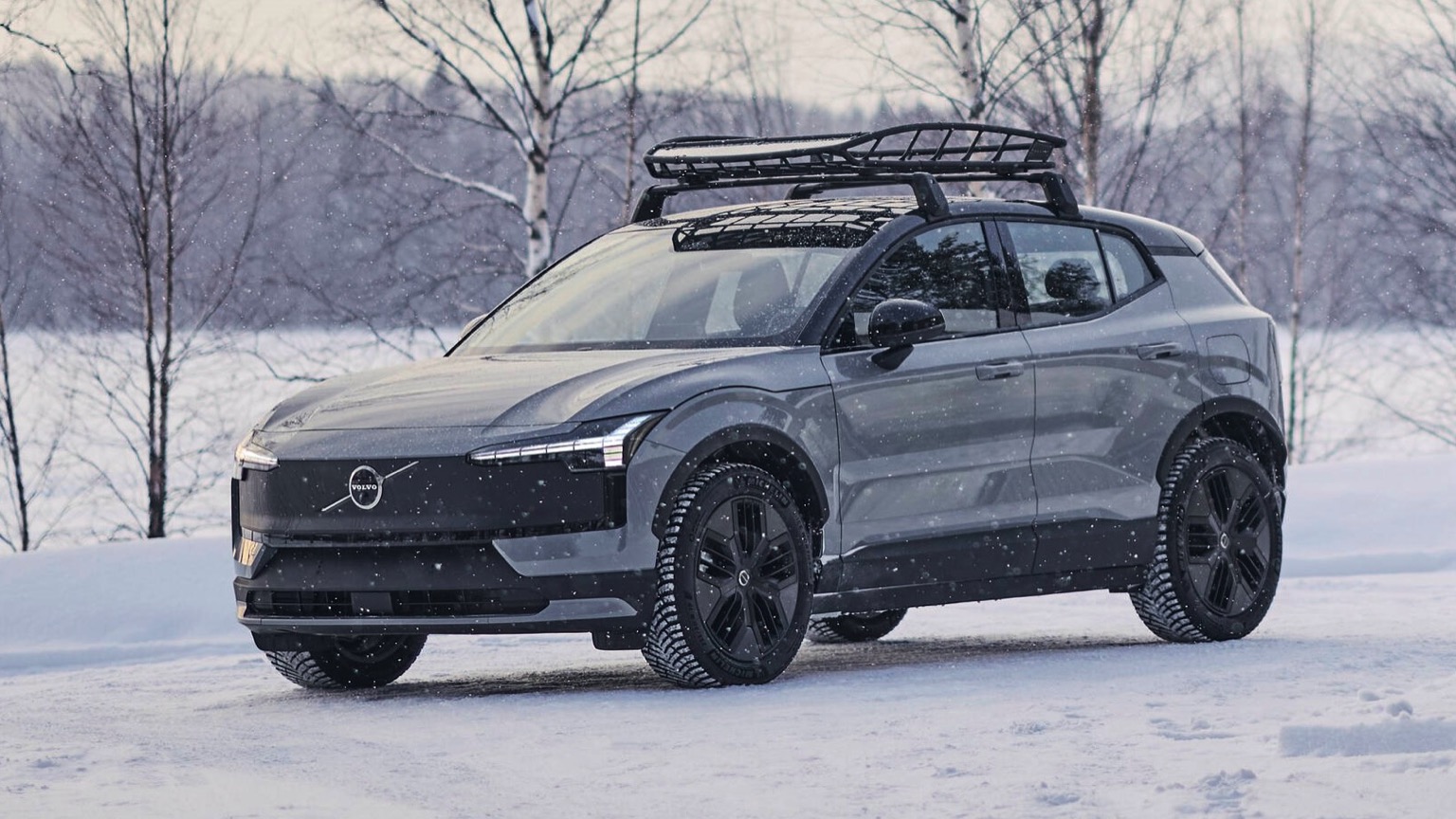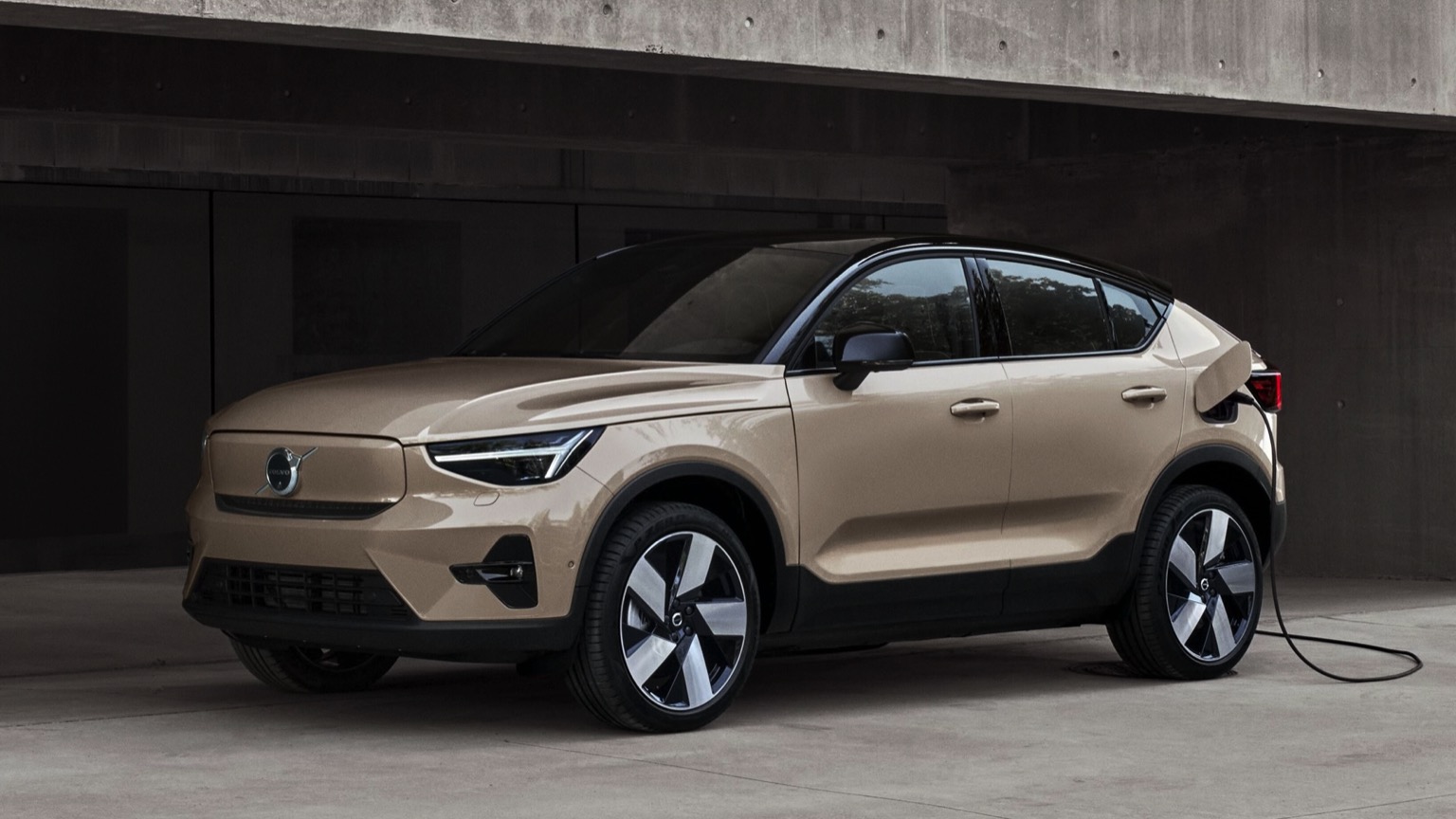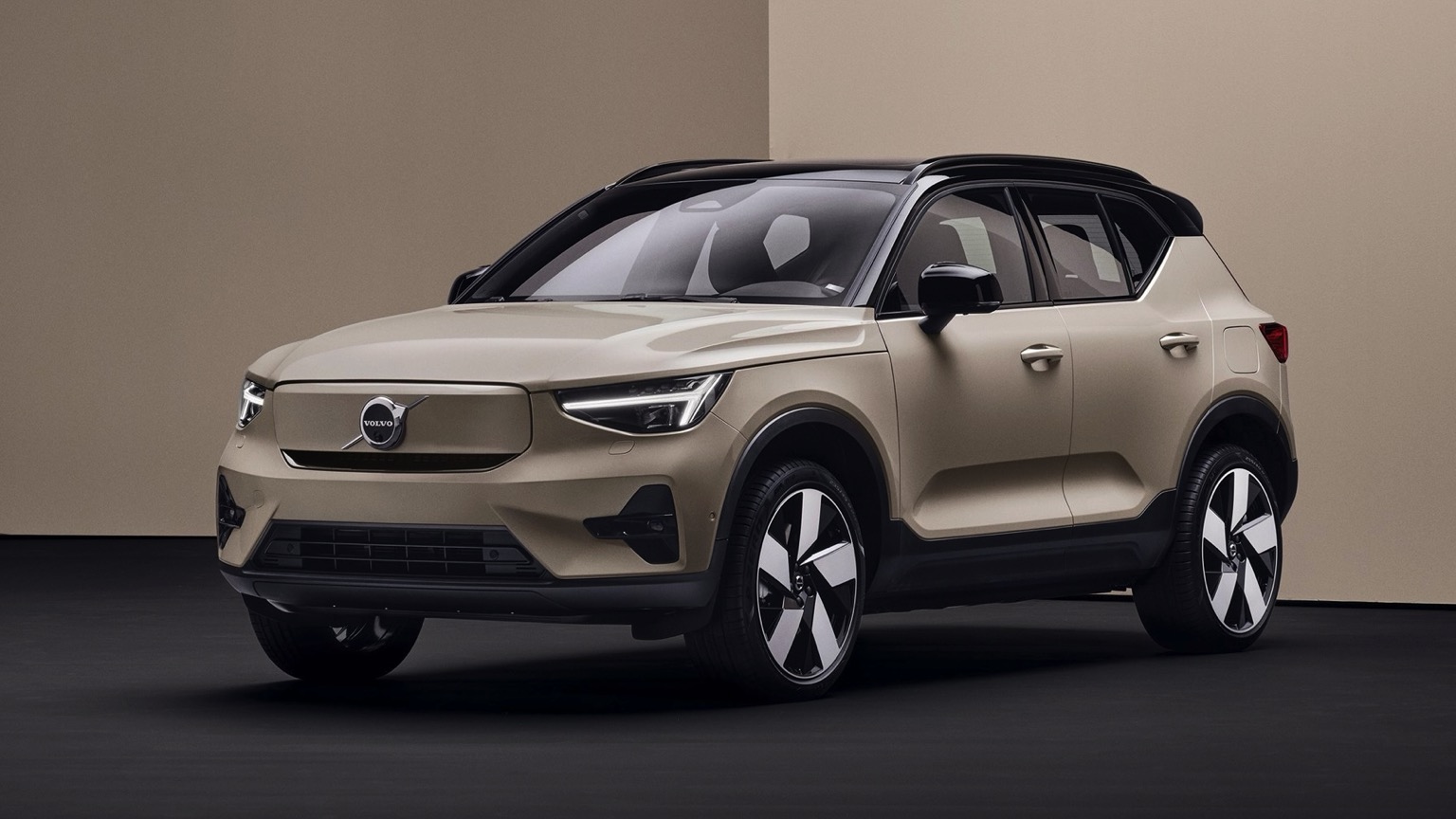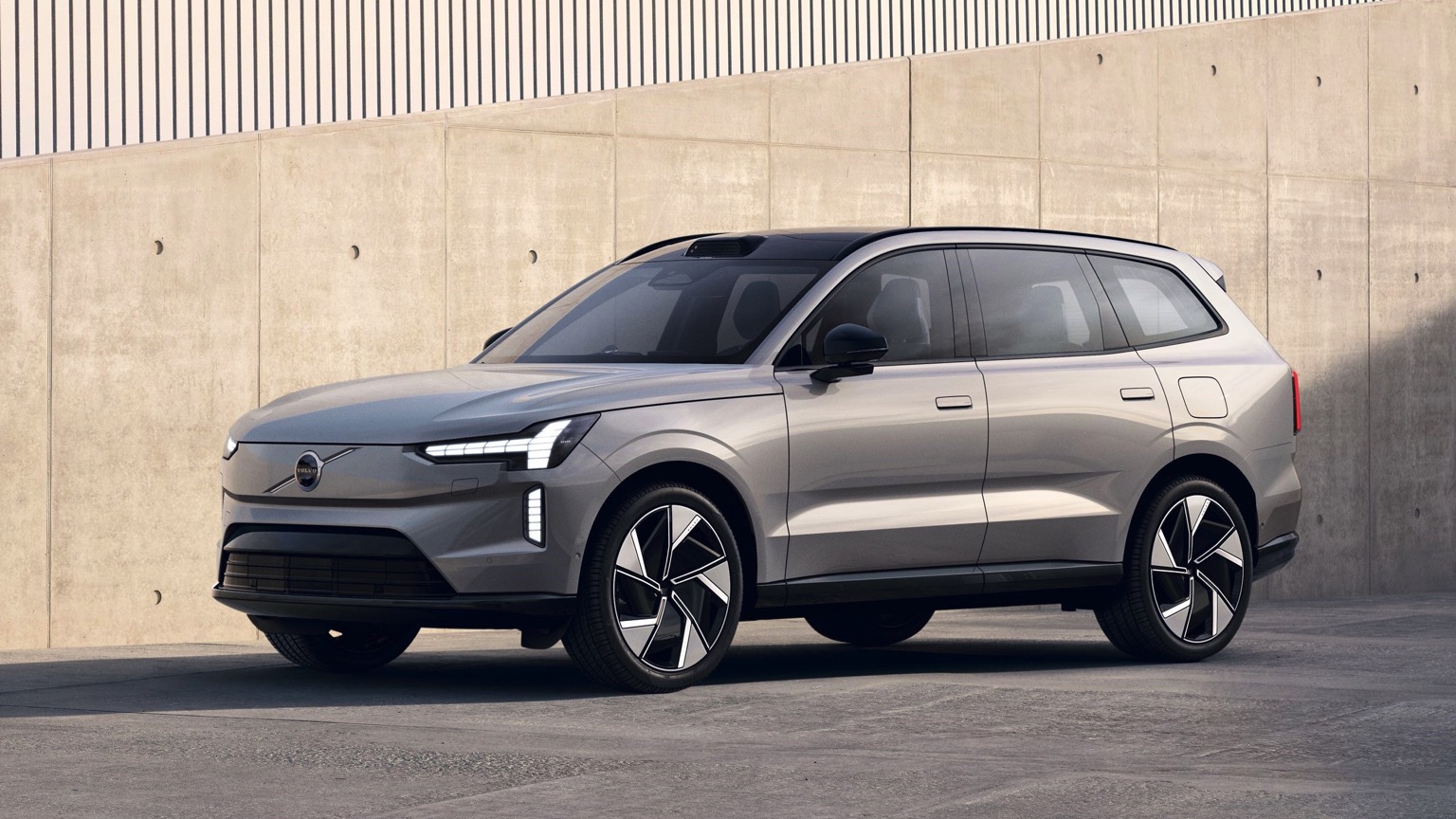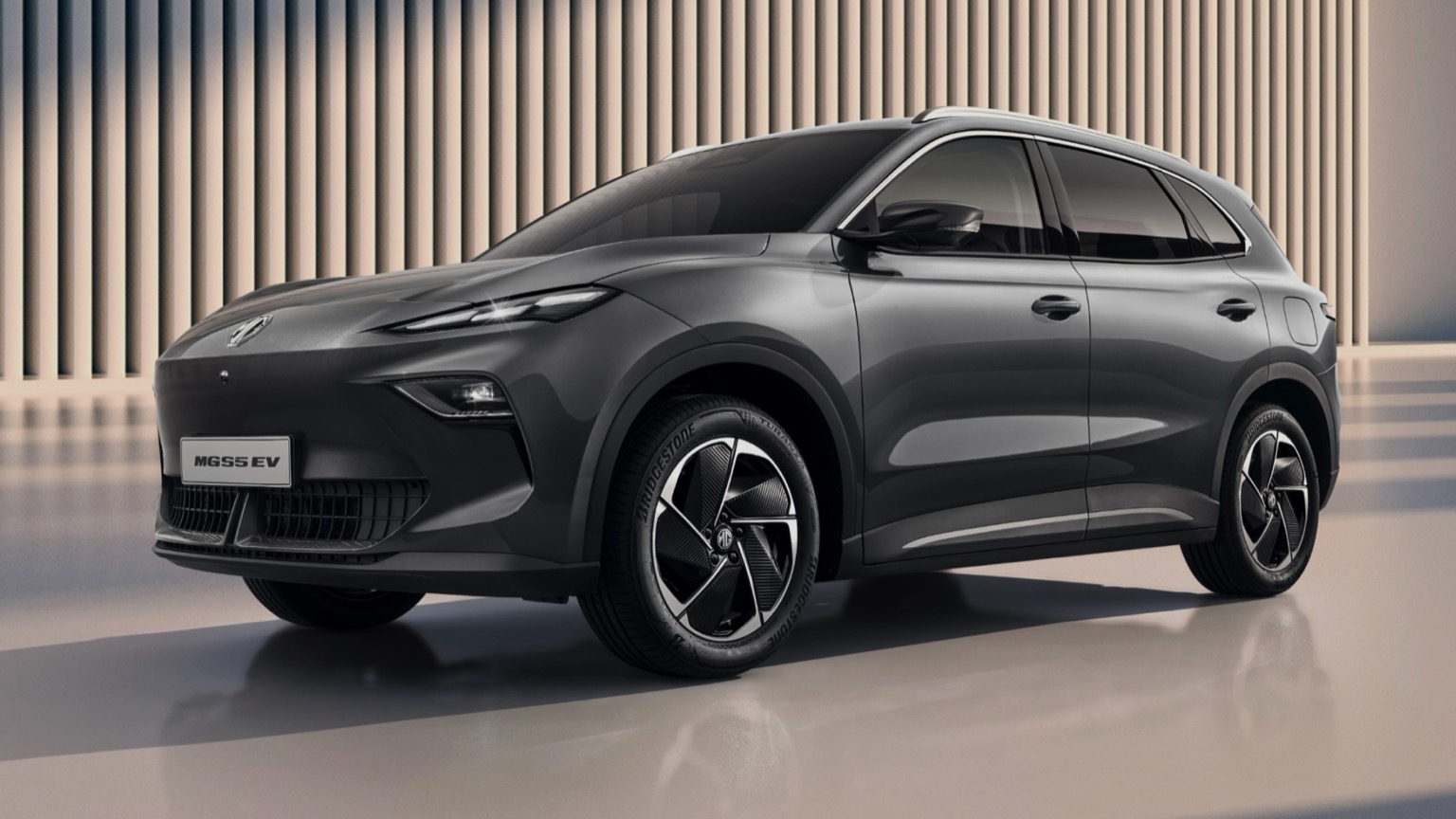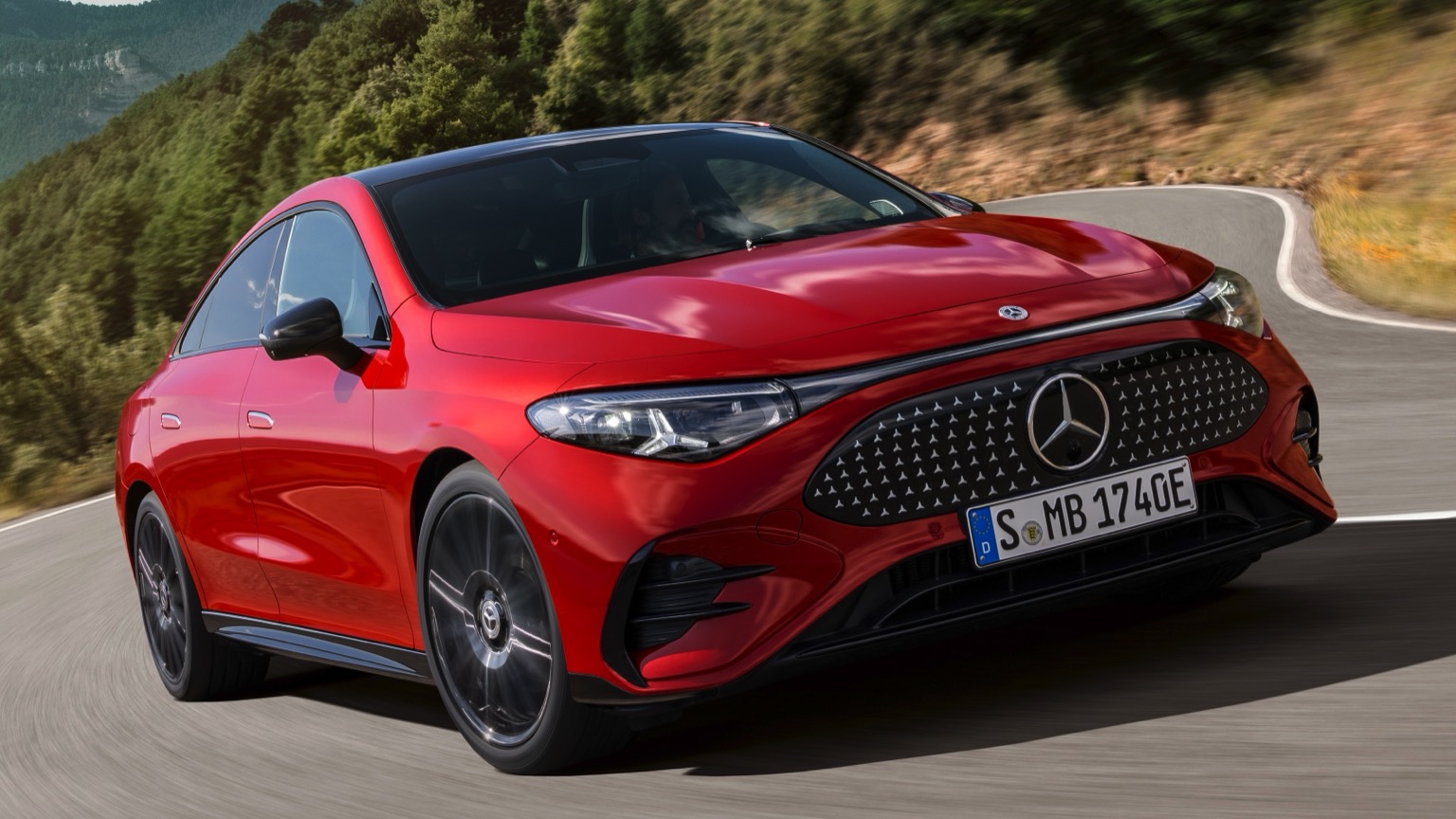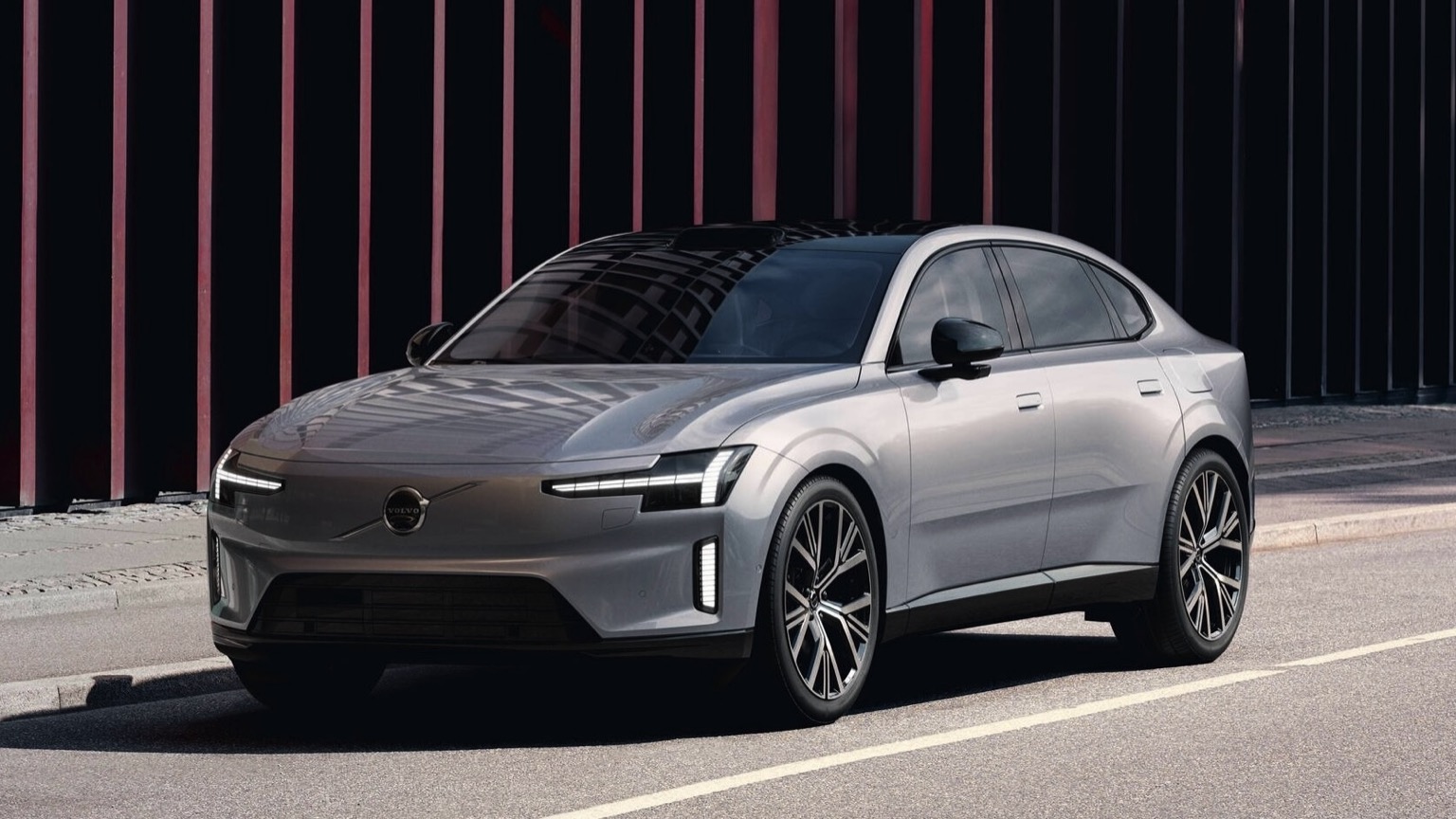Driving Range
In short, how many miles you can travel on a full charge. Is length important? Let’s not open that can of worms…
Efficiency
How many kWh of charge are needed to travel a set distance. The fewer needed, the more efficient your EV is. Easy!
Battery
The bigger the battery, the more power it can hold. In essence, fewer stops needed to top up your charge. Ahh, simplicity!
Top Speed
The maximum speed you can reach with your foot pressed hard to the floor. Important when escaping a zombie apocalypse, we assume.
Seats
Well, you don’t want to have to leave anybody at home… or do you?
Body
From stylish SUVs and compact crossovers, to curvaceous coupes and handy hatchbacks, there’s a perfect shape for everyone!
Isofix
The safe way to attach a child seat. Typically, these are hidden in the join between the back seats, alongside the crumbs from your last meal deal.
Safety Rating
A measure that considers the amount of safety kit installed, how a vehicle performs in crash testing and how safe it is for both pedestrians and cyclists.
| City - Cold Weather | 145 miles |
| Highway - Cold Weather | 105 miles |
| Combined - Cold Weather | 120 miles |
| City - Mild Weather | 220 miles |
| Highway - Mild Weather | 135 miles |
| Combined - Mild Weather | 170 miles |
Indication of real-world range in several situations. Cold weather: 'worst-case' based on -10°C and use of heating. Mild weather: 'best-case' based on 23°C and no use of A/C. For 'Highway' figures a constant speed of 110 km/h is assumed. The actual range will depend on speed, style of driving, weather and route conditions.
| Charge Port | Type 2 |
| Port Location | Front Side - Middle |
| Charge Power | 6.6 KW AC |
| Charge Time | 7hr |
| Charge Speed | 21 mph |
| Fastcharge Port | CHAdeMO |
| FC Port Location | Front Side - Middle |
| Fastcharge Power (max) | 46 |
| Fastcharge Time | 43m |
| Fastcharge Speed | 140 mph |
General Charging (0 - 100%)
Charging is possible by using a regular wall plug or a charging station. Public charging is always done through a charging station. How fast the EV can charge depends on the charging station (EVSE) used and the maximum charging capacity of the EV
| Charging Point:Charging Point | Power:Power | Time:Time |
|---|---|---|
| Charging Point:Wall Plug | Power:2.3 kW | Time:20hr |
| Charging Point:1-Phase 16A | Power:3.68 kW | Time:12hr 30m |
| Charging Point:1-Phase 32A | Power:7.36 kW | Time:7hr |
| Charging Point:3-Phase 16A | Power:3.68 kW | Time:12hr 30m |
| Charging Point:3-Phase 32A | Power:7.36 kW | Time:7hr |
Rapid Charging (10 - 80%)
Rapid charging enables longer journeys by adding as much range as possible in the shortest amount of time. Charging power will decrease significantly after 80% state-of-charge (SoC) has been reached.
| Charging Point:Charging Point | Average Power:Average Power | Time:Time |
|---|---|---|
| Charging Point:CHAdeMO-50-DC | Average Power:40 kW | Time: 43m |
| EVDB Real Range | 145 miles |
| EVDB Vehicle Consumption | 269 Wh/mi |
| EVDB CO2 Emissions | 0 g/mi |
| EVDB Vehicle Fuel Equivalent | 1.5 l/100mi |
| WLTP Real Range | 177 miles |
| WLTP Rated Consumption | 26.7 Wh/mi |
| WLTP Vehicle Consumption | 22 Wh/mi |
| WLTP CO2 Emissions | 0 g/mi |
| WLTP Rated Fuel Equivalent | 1.51 l/100mi |
| WLTP Vehicle Fuel Equivalent | 1.84 l/100mi |
| Acceleration 0 - 100 km/h | 7.9 sec |
| Top Speed | 89 mph |
| Electric Range* | 145 miles |
| Total Power* | 110 kWh |
| Total Torque* | 320 Nm |
| Drive | Front |
| Safety Rating | |
| Rating Year | 2018 |
| Adult Occupant | 93% |
| Child Occupant | 86% |
| Vulnerable Road Users | 71% |
| Safety Assist | 71% |
For more details on the safety rating of this vehicle, visit euroncap.com
| Nominal Capacity | 40 kWh |
| Battery Type | Lithium-ion |
| Number of Cells | 96 |
| Architecture | 400 V |
| Useable Capacity | 39 kWh |
| Cathode Material | NCM523 |
| Pack Configuration | 96s2p |
| Nominal Voltage | 350 V |
| Length | 4490 mm |
| Width | 1788 mm |
| Width (with mirrors) | 2030 mm |
| Height | 1530 mm |
| Wheelbase | 2700 mm |
| Weight Unladen (EU) | 1580 kg |
| Gross Vehicle Weight (GVWR) | 1995 kg |
| Max. Payload | 490 kg |
| Cargo Volume | 435 L |
| Cargo Volume (Max) | 1176 L |
| Cargo Volume Frunk | N/A |
| Roof Load | 35 kg |
| Tow Hitch Possible | No |
| Towing Weight Unbraked | N/A |
| Towing Weight Braked | N/A |
| Vertical Load Max | N/A |
| Seats | 5 |
| Isofix | Yes, 2 seats |
| Turning Circle | 10.8m |
| Platform | N/A |
| Car Body | Hatchback |
| Segment | C |
| Roof Rails | No |
| EV Dedicated Platform | No |
* = estimated value. Average energy consumption and range based on moderate drive style and climate. Real-life values may differ significantly. Pricing information might not be actual for some regions. No rights can be derived from the information on this site.
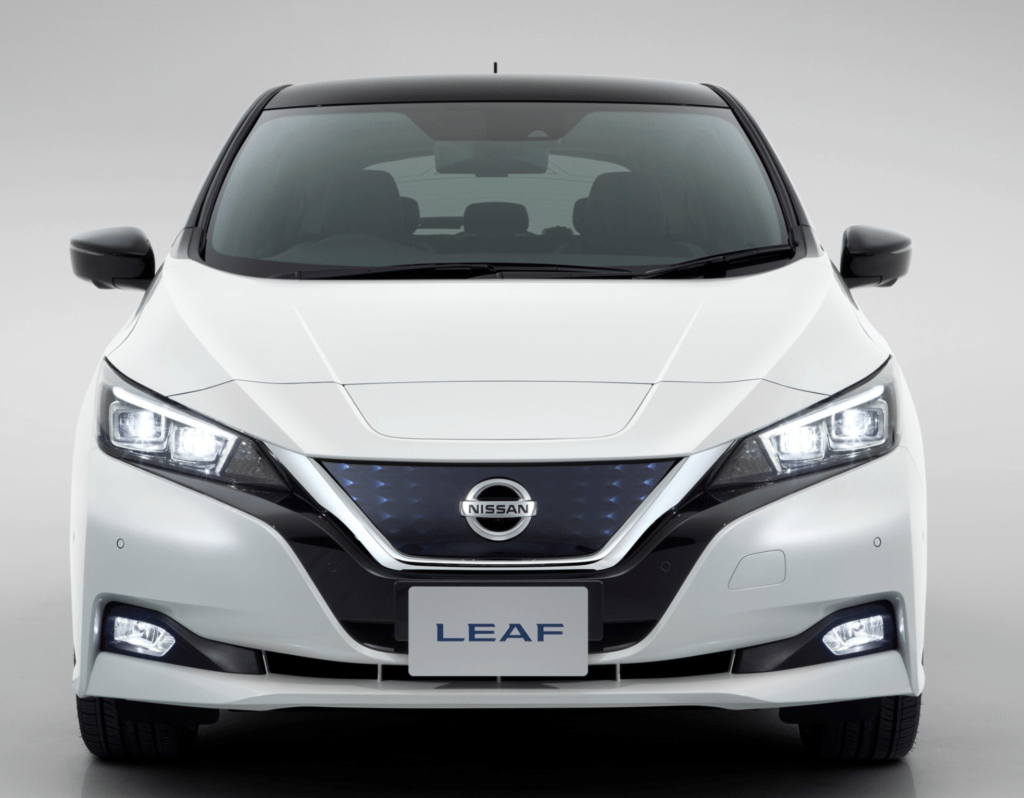
Nissan Leaf Charging Guide
Introduced in 2010, the Nissan Leaf marked Nissan’s bold entrance into the realm of electric vehicles, serving as a compact five-door hatchback alternative for eco-conscious consumers. It stood out as one of the initial electric cars that blended affordability with availability, catering to a broad audience. With each passing year, Nissan has meticulously upgraded the Leaf, improving its driving range, technology, and level of comfort.
This continual evolution has solidified its status as a preferred option for individuals aspiring to adopt a more sustainable way of life. Nissan’s unwavering dedication to creating a vehicle with zero emissions has been a catalyst for transformative designs and innovations in the automotive industry, playing a pivotal role in reshaping perceptions and offerings in eco-friendly mobility.
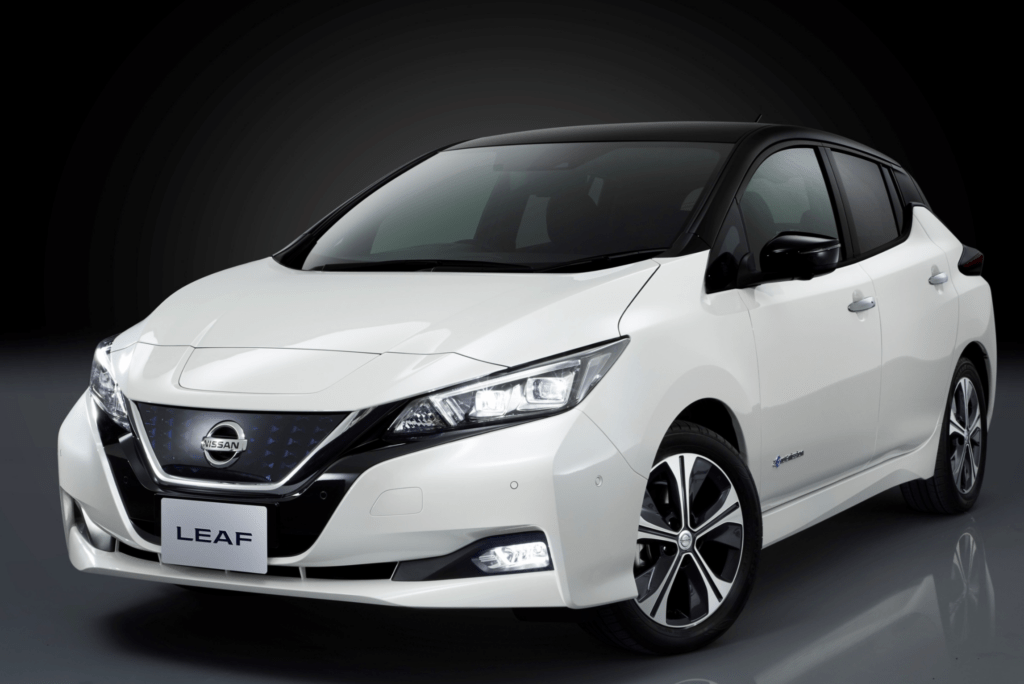
How to charge a Nissan Leaf?
Charging the Nissan Leaf is straightforward. Owners can use a standard charging cable for regular home outlets, or a Level 2 home charging station, like zappi, for a quicker charge. To charge, plug the charging connector into the vehicle’s charging port and lock the vehicle to commence charging.
When using public charging stations, Leaf owners can utilise fast charging stations which are strategically located for ease of access, offering quick and convenient charging solutions while on the move, fast chargers can charge the Leaf’s battery in 43 minutes.
How long does it take to charge the Nissan Leaf?
05:30 Hours*
*The zappi 7kw home charger will power up the Nissan Leaf in 5 and a half hours, which is perfect for overnight charging at reduced rates at home. If you combine a home EV charger with either Octopus Go or Octopus Intelligent energy tariffs, you can reap the benefits of reduced off-peak rates which make owning your Leaf even better value.
What is the range of the Nissan Leaf?
105-220 Miles*
*The range of the Nissan Leaf is 145 miles. However, depending on conditions and driving style this can fluctuate between 105 miles and 220 miles from a full charge.
How much does a Nissan Leaf cost?
From £28,995*
*Pricing for the Nissan Leaf can vary depending on the model, however, as of 2023, the base model starts at £28,995**. The cost may fluctuate based on the chosen model, optional features, location, and any additional fees like delivery and taxes. For precise and current pricing, potential buyers should refer to the official Nissan website or consult local dealerships. **Price correct as of October 2023.
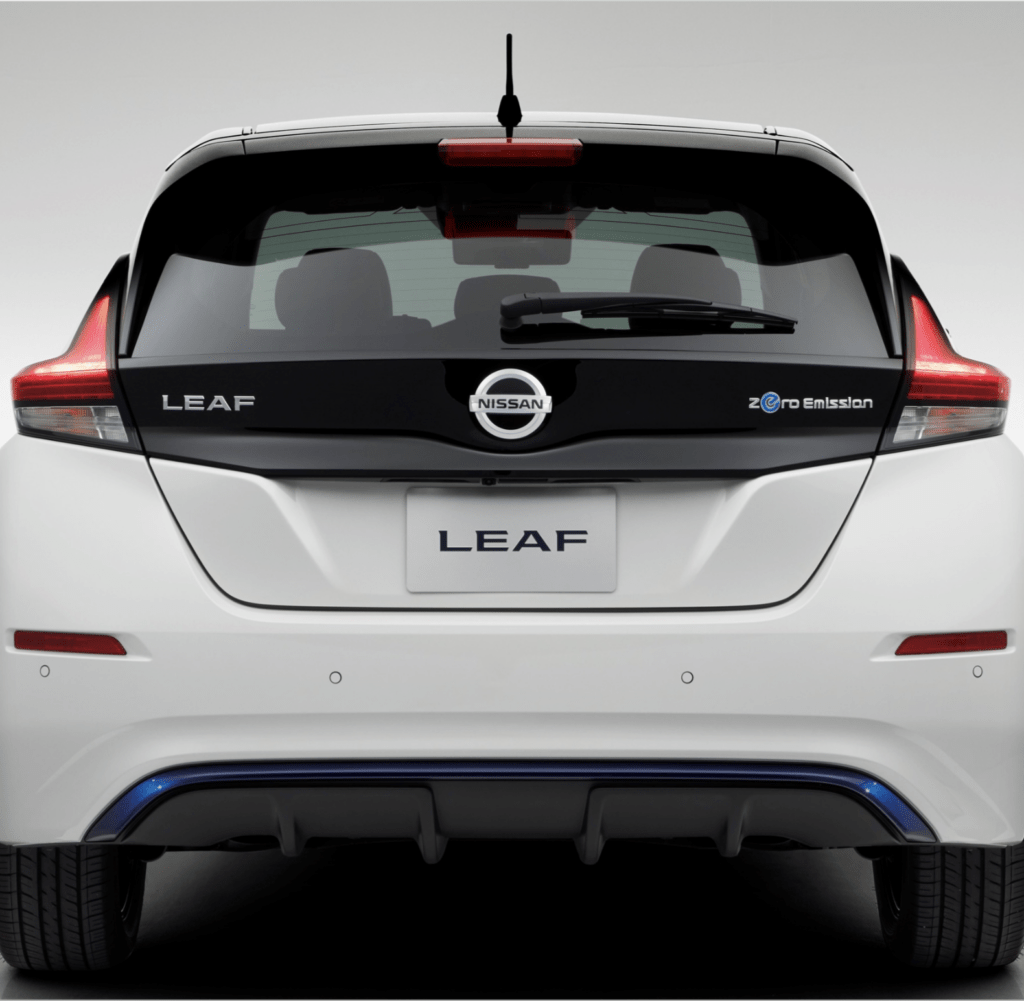
Key features of the Nissan Leaf
The Nissan Leaf is synonymous with innovation and functionality, offering a range of features designed to enhance the driving experience:
a. Eco-Friendly: It provides a clean, green, emission-free driving experience, significantly reducing environmental impact.
b. Efficiency: The Leaf offers an impressive mile range on a single charge, suitable for daily commutes and short trips.
c. ProPilot Assist: This advanced system aids driving by maintaining speed and keeping the car centred in its lane.
d. e-Pedal: Allows drivers to start, accelerate, decelerate, and stop using only the accelerator pedal.
e. Spacious Interior: Designed with comfort in mind, the Leaf offers generous space for passengers and luggage.
f. Infotainment System: A responsive and intuitive system, with features like navigation, smartphone integration, and more.
Similar Electric Vehicles

